In my five years of research into the family history I have, in all branches of the family started off with no knowledge beyond my grandparents and no expectations about what I would find. Family history is the ultimate in pyramid building and, like every modern day family researcher before me, I keyed in my own parents on my laptop to start my family tree. This particular avenue immediately opened up two unrelated areas of research, and by keying in grandparents it doubled into four branches. This exponential growth finding siblings, cousins, uncles and aunts, led to challenges in long forgotten branches of my family tree.
I suppose curiosity as a child has played a fair degree in my position now as the family researcher. I was always the one asking questions and when my parents were busy, I resorted to asking questions to maternal grandmother Lavinia Fuller nee Moar, who, on a fairly regular basis had lived with us when I was young. Our home at Point Piper was large and Gran played a big part in our lives. Importantly my dad, Reg Robson, got on really well with Gran, and my mum, Vena Robson nee Fuller had a wonderful life surrounded by everyone she loved. My brother Bill was nine years older than me, and my sister Lavinia, was nearly two years older. We were three children in a happy home. Little did we realise how lucky we were to be born into a home on the waterfront at Point Piper on Sydney Harbour in Australia. Rose Bay was our backyard and adventure land and when my sister and I wanted to play, we got into our “tinny” with a six horsepower engine and took off for Shark Island, Lady’s Martin’s Beach or a trip to The Pier at Rose Bay for an ice cream. It is little wonder today that I think of Rose Bay as a place to protect for future generations.
JOHN “JOHNNY” FULLER JNR. AND LAVINIA MOAR
My earliest memories take me back to Caerleon, where my maternal grandparents Lavinia and John Fuller lived in Ginahgulla Road, Bellevue Hill in Sydney. As a child I loved visiting this magnificent house. Upstairs had been closed off, and the huge kitchen and pantry areas at the back were off limits, unless we were with grown-ups. I used to lie half way up the large front staircase staring up at the wonderful lead-light glass dome, which gave the large hall below a warm yellow and golden glow. A locked door on the landing closed off upstairs. Gran and Grandpa John Fuller were living downstairs in just a small part of their home after they had moved from their main bedroom upstairs to a bedroom that now fronted the driveway, on the left of the porch and front hall as you entered.
However, it was the gardens of Caerleon that I loved most, the sandstone lions who guarded the entrance to the turning circle at the top of the drive, the wire covered pond, the large and ornate, but sadly empty bird aviary, the stone sundial and the circular gravel driveway filled my childhood memories. Old Joe the gardener, used to rake the driveway and would tell us not to skid our bike wheels on the perfectly raked gravel surface.
Caerleon’s front hall had stag heads above the doorways and they were quite scary. In the library, which overlooked the lawns there were heavy timber bookcases lining two sides of the walls, and on another wall there were glass cabinets, filled with hundreds of dead butterflies of every colour and size, which were pinned through their bodies and attached to the material lining. Some of the butterfly wings had decayed and had fallen to the bottom of the cabinets. I hated those butterflies, but at the same time I had this compulsive urge to stand and stare at the poor dead things. Gran and Grandpa John had a radiogram and record player in a large wooden cabinet in the library and when it rained Gran would sit me down on her red couches, with large furry ginger coloured cushions and I would listen to stories from records. I remember my favourite record was “Keepy Mouse”. Interestingly, my father, Reg Robson must have listened to that same recording. Dad loved to quote the mouse war cry, “all men with sharp teeth, follow me”! It took me years to understand why dad thought it was so hilarious.
I also loved gazing into the drawing room, which was decorated in creamy yellows, where translucent drapes allowed the light to filter through the bay window, reflecting off elegantly decorated couches, dainty French chairs with lattice backs, all painted in gold, and amazing fluffy white alpaca mats which covered the carpets at the fireplace and windows. Gran’s small black poodle Hugo used to sneak in and lie on them, when no-one was looking and Gran would pretend to be cross when she found him there. Large urns and vases, clocks and glass ornaments were placed on tables, which were most definitely never to be touched. I loved the glowing amber and toffee coloured glass beaded heaters which were enclosed in ornate wrought iron fire boxes that decorated many of the rooms.
The dining room was very grand, and the very first Christmas I can remember was at Caerleon, sitting up at the large mahogany dining room table surrounded by traymobiles laden with turkey, ham and steaming vegetables. The towering sideboard at one end of the room was covered in silver ware and was most impressive. I was definitely on my best behavior that Christmas. When it came time to make the speeches, Gran got all teary and Uncle John Fuller stood up and, with his large white napkin, he came to her rescue. He wanted Gran to use his napkin as a handkerchief, and she kept pushing it away, and then her tears turned to laughter. I didn’t understand why Gran would be crying in the middle of our Christmas lunch, but I came to realise that it must have been just after Grandpa John’s death in September of 1959, and it seemed to me to symbolise her loss that day. I don’t think I even realised that Grandpa had actually died before that. I can’t remember being told. I think I was the youngest grandchild sitting at the table that Christmas day in 1959; I was only just three and a bit. When it came time for the plum pudding, I looked at this black mess in disgust. Aunty Phyllis Lewis, sitting next to me, leaned over and wisely told me to just take it and explore the pudding with my spoon as there was money in it! I couldn’t believe it, threepences and sixpences were all through my piece of pudding. When a penny could buy a cobber, I was pretty excited.
Gran and Grandpa’s bedroom downstairs was most interesting, and after Grandpa John died I used to look in his cupboards at his many suits, some attached to stretchy braces, which Gran couldn’t bear to throw out. She told me that the tax men came to Caerleon after Johnny had died, and they had even assessed the cost of his suits so that she could be taxed! I hated the taxmen, and had the horrors to think that men had come through the house inspecting all Gran’s treasures. To me it wasn’t about money, it was about violation of her privacy. I knew the importance later when my Dad used to speak about “death duties” in a quiet, angry tone, and the horror that this tax had visited on his Robson family as well, and his fear it would be reintroduced. My sister Lavinia tells a tale about the taxmen, who were famously ruthless, and some would apparently inspect the walls of houses to make sure that paintings had not been removed, as the tell tale signs on walls of unfaded wallpaper would mean demands would be made to replace the items for assessment.
I imagine now that my grandparent’s downstairs bedroom must have originally been a sitting room. There was an odd metal fan heater in their bedroom, which was powered by large pink coloured light globe that would became very hot, behind an ornate metal fan. Gran never used this heater, it was used as a decoration and Gran explained that she had decided that it was a fire hazard, and didn’t turn it on any more. I think these incredibly ornate pieces of furniture and ornaments, were purchased in 1927 on the Fuller Family World Tour, when Gran attended the auction houses of Paris and purchased almost everything needed to decorate Caerleon.
Sculptures of women, half naked, were posed on elegant timber pillars in the main hall and drawing room. I loved them, and I loved to run my fingers over the smooth cold marble and alabaster, when no one was watching. It was always made clear that nothing was to be touched, and that at no time were we to run or jump in the house. I think my sister Lavinia and I must have been quite good girls, because I can’t remember breaking anything or actually being scolded! The enormous staircase also hid an amazing under stairs room, filled to the brim with oddments, and it was a fantastic hiding place when we played hide and seek. Mrs Noble, the house keeper, looked after everything. She bought us tea and ginger nuts and buttered arrowroot biscuits, to either the front sunroom or to a table out on the lawn in the garden, near the frangipani tree. Another of my earliest memories of my childhood was making a necklace with the frangipani flowers by threading them with cotton twine with Aunty Ethel Moar, Gran’s sister, whilst sitting on the sandstone balustrade of the steps to the sunroom on a sunny afternoon.
One afternoon I was in the closed in verandah at Caerleon and Grandpa John had a tear in his suit pants and Gran was sewing it up. Every time the needle went in, he cried out in pain claiming Gran was pricking and sewing him up. Gran was laughing at him, but still he carried on with the agony of it all, and he told me that Gran had sewn his skin to his pants at the knee. I was completely sucked in by this performance and absolutely horrified by what was happening! Grandpa John had made it seem so real to me.
Mrs Noble only let Gran into her kitchen to bake scones, Lavinia and I loved watching Gran roll out the dough and throw flour over her board and then cut the scones and place them on a baking dish. It is one of those memories that can always be recalled instantly from my childhood. Mrs Noble used to tell us that Gran’s grandmother was from Devon, and that Gran was the best at making scones. We waited impatiently as the smell wafted from the oven for our Devonshire afternoon tea, no cream was served with our scones, only melting butter and strawberry jam. Mrs Noble used Caerelon’s Butler’s Pantry as her main kitchen when I was a small child. I can clearly remember the disused and very big old kitchen out near the back yard, with a large set of scales in the centre, and a huge ceiling fan, knowing now, that at one point it must have been a hub of the household.
The last memory I have of my Grandpa Johnny Fuller was in my Mum’s two toned white and turquoise Holden car, parked in the turning circle of the drive at Caerleon. Grandpa was outside and Lavinia and I had locked the car doors and we were jumping up and down on the car seats whilst Grandpa was circling around the car pretending to be a robber, shaking the doors, trying to get in to us. It was such a game, he was making grimacing faces as he darted around the car, trying all the doors. I was so little and I was a bit scared, but it was such a good game.
The gardens were large and beautiful at Caerleon and I spent a good deal of my time there while my Mum went out to lunch, shop or to play golf. I have such enduring memories of long days at Caerleon. Mum obviously wasn’t letting me stop her going out, she wore lovely dresses that flared at the waist, which had stiff petticoats underneath, and I loved to dress up in her skirts and stilettos. This must have been about the time that our “Nanny” Irene left us to marry the skipper of the Aida, Rooney Rasmussen, who lived and worked at the boathouse next door to our home in Point Piper. I must have been about three or four at the time. I think it was a bit of a crisis for Mum, because Bill and Lavinia were already at school and I was the only one left at home to deal with. I think this was why I spent such a lot of time at Caerleon with Gran and Mrs Noble!
Caerleon, the Sydney home of Johnny and Lavinia Fuller, Ginahgulla Road, Bellevue Hill, 1928 – 1964.
I knew more about my Mum’s family than my Dad’s, so that was where I started the family research in January 2011. Another Fuller family researcher and author was Alistair Duncan, who married Virginia Fuller, a granddaughter of Sir Benjamin Fuller, the a daughter of A. Ben Fuller and Josephine Seaton. Alistair wrote and published a book called Actors Blood on the golden age of Fuller’s Theatres. Thus, there was a whole section of the Fuller family history already completed.
However, I could see that Alistair hadn’t really touched the English part of the Fuller ancestry and I decided that this was where I was most interested. I wanted to see how far back I could actually go with the Fullers to find out where they lived and what they did. This chapter will help our family answer these questions and give an insight into the Fullers and their extended families living in London. It will also show how much we owe to our “Silvery Tenor”, John Fuller Snr., for taking a risk, joining a troupe of actors and singers and following his heart to travel to the far side of the world to live his dream. It was a lucky day for all of us, when John Fuller Snr. left his family in England in 1889 and boarded a vessel bound for Melbourne with the London Pavilion Company.
After the troupe became insolvent, about five months into their Australian tour, instead of returning to London, down on his luck, like many in the troupe did, he realised that there was a new world opening before him and he wanted to be part of it. He instructed his older children to immediately give up what they were doing and told his wife Ma and younger children to pack up their home in Shoreditch and catch the next ship to Melbourne. He wanted his family together and he wanted everyone to meet up in Melbourne as soon as possible. He was about to found Fullers Theatres, New Zealand and Australia, an enterprise that would make him, and his sons, a fortune. We are so lucky he had such a positive and happy outlook on life, and that he was also such a wonderful family man.
As I placed my grandparents, Johnny Fuller and Lavinia Moar into my tree I immediately began to accumulate records. The beauty of subscribing to a search engine like ancestry.com is that once you proceed beyond the 50 year limitation period for privacy purposes, records start being produced that can come up as recommended matches. It is quite amazing, as the search engine knows that you are looking at records that others may have collected, and they make suggestions, and invite you to look at other family trees. However, accept these trees at your peril, as you can go very wrong if you don’t do the research yourself. I did learn this lesson the hard way, when I accepted incorrect information from another Fuller family tree.
Johnny and Lavinia Fuller had married in Wellington, New Zealand on 28 September 1916. The marriage record was not torn out of the page, as a family myth claimed, however, New Zealand BDM Registry Office records have been slow to come online, and, like the U.K Registry Office, are only indexes with scant information.
New Zealand Marriage Index 1840-1934:
|
Name:
|
John Fuller
|
|
Gender:
|
Male
|
|
Marriage Year:
|
1916
|
|
Relation:
|
Bridegroom
|
|
Spouse:
|
|
|
Folio Number:
|
4890
|
Full records can be purchased, but for an exorbitant price. There are some NZ voting records available online which list those in the family over 18, and their addresses and occupations. Through previous knowledge that Johnny Fuller had been born in England, I was able to find an amazing hand written English Census from 1881 fairly quickly online. This was the start of an incredible journey back in time. Each person in my tree then had a timeline profile created where records were collected. I quickly learned that adding in brothers and sisters at each generational level would help to lead me back to the next generation. I discovered these names and addresses in an area of London I had never heard of before, called Shoreditch. Googling a London map, I realised that this was a poor area in London, near to the Thames and to the theatre district of London, which had beckoned Johnny’s father John Fuller Snr., away from his trade as a printer’s compositor, to treading the boards of London’s theatre halls. Johnny Fuller Jnr. always claimed he was a small man because of his poor diet when he was a child. Obviously the family was poor, and Shoreditch was the poor man’s area of London. My mum used to tell us that her dad, Grandpa John Fuller Jnr. was given bread and dripping every day, except on a Sunday, when he had an egg for his dinner.
I quickly collected records for the family. In no time at all I had established that John Fuller Snr’s parents, were Benjamin Fuller and Mary Walter, this information coming from his baptism in 1850. John’s parents, Benjamin and Mary Fuller lived in Shap St, London, and Benjamin was a Cabinet Maker by trade. Today the Church of St Mary’s, Haggerston, where John Fuller Snr. was baptised is gone; blown apart in the London blitz of World War II.
The diligence of the Fullers to record their children’s baptisms is today an amazing collection of hand written family documents. These were large families, and it was evident that they had been living a quiet, hardworking, god fearing and law abiding life in this very poor area of London. It was also becoming obvious that they didn’t stray far from their familiar boroughs and parishes, and this was helpful to me as a family historian collecting their records in the one area.
It is my intention to illustrate these written documents, together with some family charts to provide an insight into our family heritage. I have received most encouraging help from other members of the family. In particular, thanks must go to my sister Lavinia Chrystal for her interest and excitement in my uncovering each generation of the family tree, and for her extensive travels to New Zealand and England to visit cemeteries and locate graves and find homes in areas that a few years ago we never knew about. I also enlisted my enthusiastic cousin Scott Fuller in these adventures. Scott was enthralled with my discoveries and in many cases he would arrive at my home in Double Bay for a visit and end up grabbing my laptop with excitement. At the very beginning of my research I remember sitting Scott down and asking him what he knew about Cornelius Fuller? I had journeyed back to records and other online family trees that persistently gave Cornelius Fuller as our direct ancestor. It was early days in my research, and I had not yet learned to disregard other misleading online family trees, without collecting my own records, and making my own decisions. It was a valuable lesson for me in genealogy, and I remember clearly the lamentable day that I had to call Scottie and inform him that we sadly must say “Goodbye Cornelius” to our struggling poster colourer from Magpie Lane in Shoreditch. It was such a shame, as I had grown fond of Cornelius Fuller, and his not so law abiding family, and Scottie was on such a jag with this family, who, he had decided were possibly part of the Fullers who had boarded the Mayflower, bound for Plymouth Rock! The important thing is that it has been the most fun, and it has bought the family closer together. Just recently we had a small family gathering to share our knowledge and to generally just get to know each other better, and we all want to do it again, but on a larger scale.
I did however, have a good news story that day for Scott, and that was that our correct, and direct ancestor Richard Fuller had a father named Richard, who was a Merchant of London, and a silversmith. It was a fairly simple matter of finding the correct baptism for Richard. It so happened that two Richard Fullers were born in the same year, in Shoreditch in 1791. I collaborated with a very kind online Fuller researcher who pointed this fact out to me, and she was the one who consoled me with the information that Richard Fuller’s father was a silversmith, whilst her ancestor Cornelius was a lowly poster colourer, who trawled the streets of London with a wagon pulling his wares! She was actually quite sorry that my Richard Fuller wasn’t her ancestor, and I was pretty pleased with this turn of events, because Scottie and I had actually found Cornelius Fuller’s Will and his bequests, and the bestowal of his cart and its contents were quite unsettling and extraordinary.
Scott has long been the research enthusiast of the family, interested in “all things past” about the Fullers. Scott has journeyed to New Zealand’s Dunedin, and found posters and memorabilia about Fullers Theatres. I will endeavour to include some of these in my next chapter on the Fullers in New Zealand and Australia, which I am going to call Fuller’s Earth, in honour of a New Zealand newspaper article which explained in glowing terms the rapidly growing fortune of the Fuller family. In this chapter I have included an amazing newspaper interview in New Zealand with the effusive John Fuller Snr., where he talks about his early singing successes.
In each of my chapters, where possible, I will show copies of original records. Once you have seen these originals, the transcriptions, which many online servers provide, are simply just not good enough. Every time I find an original hand written record I find out more precious information about the Fullers. With the advent of the internet, digitised old newspapers, the accessibility to Library collections and online records from long forgotten archives, I can now find out about our past more easily, and in many cases from the home computer. Long forgotten books, the so called “dusty documents” that have lain unread on library shelves for decades are now being digitised, and are opening up the past. A quick Google of the internet will capture a name in a book and will take you to that very page, with the press of a button. My father Reg Robson’s mother Mabel Wise was from a prominent merchant family from Cork and Dublin, Ireland, and recently I placed the name of her Colley ancestor into my computer, and found that in 1890 a book was written, and then long forgotten, about historic Irish gravestones. The author had transcribed a Colley grave from 1777, commenting that it was so weather worn, it was hard to read. The headstone may not survive today, but his transcription confirmed my direct line to Sir Henry Colley of Carbury Castle, Co. Kildare, and took me back several further generations.
During the first weeks researching the Fullers, and before I was confident collecting records on the ancestry website that I was certain belonged to the Fuller family, I firstly searched for the birth records of both John Fuller and Harriett Jones without much success. There were so many Fullers, and way too many Jones! Scottie Fuller was certain that Harriett’s father John Jones was an accountant from Wales, and I spent a great deal of time searching the Welsh Census’ for the Jones family. I nearly went mad, and it proved absolutely fruitless, and Scottie and I were disappointed with the progress I was making. There was no John Jones who was an accountant, with a daughter named Harriett. I must say I was frustrated with the terrible misinformation that had been passed down to Scottie, as he had this information directly from his own dad, John George, the son of Johnny Fuller, who presumably gave his son this information in the first place. Seriously, who was I to question family stories, and not take them as correct? This experience was another good lesson in genealogy – never rely on family information and stories, as it is almost always incorrect, and is destined to disappoint! I can clearly remember my phone call to Scottie, telling him crossly (!) that I had wasted so much time on a wild goose chase in Wales, after I found out that Harriett was actually born in Islington, London, and that her father John Jones was a rope maker! Later l found out that one of the family was listed on the census as an annuitant – someone had read a document and mistook an annuitant for an accountant! I can’t find this record at the moment to illustrate this, as it was early in my research, and I still hadn’t learned another very valuable lesson of keeping a foot print of every piece of good information found. This was why I undertook the two year Research Diploma at the Society of Australian Genealogists, but honestly, I could have done without the exam at the end! It was a good grounding for me in the skills I needed to capture records and documents, that I would refer to at a later date, when it came time to write up the family tree. I must add here that thanks have to go to my husband Geoff for his encouragement to write up the tree, and the many hours of the day that I have my head immersed in my laptop, putting at least two hundred years between us.
As I take the Fuller family tree back in time, with each generation I will give the maternal branch of the family. In the case of the Fullers, I will deal with the Jones and Beck Families, the Walter Family and the Euesden Family.
These branches are probably best illustrated by giving a five generational chart for Johnny Fuller Jnr. as a starting point. This chart is interesting because it illustrates all our ancestors who were born in England, as so many of our family information had concentrated on the Australian and New Zealand parts of the family tree. My intention has always been to take the family back to England, and illustrate by way of original records our family history. For the most part this area of the family was not known, and there are very few family stories that stretch back to Shoreditch. Whilst the records show the facts, they also weave a wonderful story about our family and how they were living in the midst of London during the industrial revolution. The English census carefully describes their occupations, ages, family members, places of birth and addresses. Their Baptisms, Marriages and Deaths support these records and incredibly I can see our ancestors placing their signatures onto their marriage certificates and see who the witnesses were, and in some cases work out how they were related to the bride and groom.

JOHN FULLER SNR. AND HARRIETT JONES
The first record I opened with some confidence and excitement was the 1881 English Census for the Fuller Family living in the Parish of St Leonard Shoreditch, in the Municipality of Kingsland and Parliamentary Borough of Hackney, London. The Fuller’s address was listed as 6 Rutland Street. John Fuller was a printer’s compositor and stated that he was born in Shoreditch, Middlesex. His wife Harriett was listed as being born in Islington, Middlesex. This was obviously my first contradictory evidence that Harriett Jones was not born in Wales. Their children Walter, Benjamin, Lydia, Harriet and John were also listed on the census as well as a nurse, Caroline Randall. I can remember feeling so pleased that Harriett had help in her large household of children, and my thoughts were, that they cannot have been that poor, if they could afford a nurse. As mentioned earlier, my mother, Lavinia “Vena” Fuller always explained that her father had told her how very poor the family was in England.

1881 English Census for the John Fuller Family of St Leonard Shoreditch.
Church of St Leonard, Shoreditch, London.
The next record I found was the marriage of John Fuller to Harriett Jones on October 7 1871, at St Matthew’s Church, City Road, Shoreditch. John and Harriett both signed their signatures to the document and gave their address as 17 Remington Street. The fathers of John and Harriett were also listed on the marriage record. Harriett’s father John Jones was listed as a rope maker, and John’s father was listed as Benjamin Fuller, cabinet maker. St Matthew’s Church was bombed and destroyed during the blitz of London in World War II, and historically it is recorded that the East End of London was hardest hit by the Germans.
The beauty of these documents on a computer screen is that you can enlarge and inspect the details.
Marriage for John Fuller Snr. and Harriett Jones from St Matthews Church, 7 October 1871
The witnesses to the marriage were Benjamin Fuller, John Snr’s father, and Frances Jones, Harriett’s mother. At first I was not sure of these relationships, wondering if they were possibly siblings, however, after collecting some further records I was able to confirm these family relationships. Genealogy is rather like completing a jig-saw puzzle, you know the pieces should fit, but you have to do a lot of brain-teasing before it is completed, and rather like most puzzles, there are always a couple of pieces missing in the puzzle at the end! This is the same with our tree, there will always be puzzles and there will always be a time when records simply dry up and it is no longer clear who our direct family is. In the case of London I think we can be quite clear that we can go back no further than the Great Fire of London, when most of the parish records perished as so many of the churches of Shoreditch burnt to the ground.
The great rebuilding period shortly after the Great Fire of London saw a massive amount of money put into the rebuilding of London’s churches. Shoreditch stood in the shadows cast by the building of London’s magnificent St Paul’s Cathedral, built by Sir Christopher Wren, and its inhabitants would have witnessed the spectacle of this great church rising from the ruins and ashes to dominate the skyline of London.
Baptism of John, son of Benjamin and Mary Fuller, 18 August 1850 at St Mary Haggerston
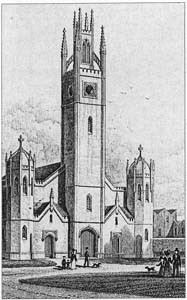 Sketch of St Mary Haggerston Church, designed by John Nash with its exaggerated and ungainly tall spire that was criticised as an oddity by London’s society when it was built in 1827. It was bombed during World War II and totally destroyed in the blitz of 1941.
Sketch of St Mary Haggerston Church, designed by John Nash with its exaggerated and ungainly tall spire that was criticised as an oddity by London’s society when it was built in 1827. It was bombed during World War II and totally destroyed in the blitz of 1941.The Baptism record for John Fuller Snr gave Benjamin and Mary Fuller’s address as Shap Street, Shoreditch, London, not far from St Paul’s Cathedral. I noticed that this was the street that Johnny Fuller talked about visiting in his Tour of the World 1907 when he went back to Shoreditch and reminisced about his school days. I remembered that I had actually collected a school admittance record for his elder brother Walter Fuller, when he started his schooling there. It helpful to collect a variety of records to find that the address of the family can be confirmed by other sources.
 Admission to Shap Street School, Hackney, for Walter Fuller of 6 Rutland St, 27 April 1880
Admission to Shap Street School, Hackney, for Walter Fuller of 6 Rutland St, 27 April 1880The Fullers would have rented their homes, it is doubtful that they were ever landowners in London, and for this reason I found that they moved a fair bit between the census collections from 1841 to 1911.
Recently Scottie Fuller unearthed a much sought after photograph of Harriett from the collection of Virginia Telfar in Christchurch, New Zealand and her brother John Stuart, Queensland, Australia. Virginia and John are the grand children of Hettie Hamer, John Fuller Snr’s youngest daughter. The photograph is stamped on the back with a London studio, Fehrenback,111 Strand, London Est. 1842. Much speculation and confusion followed as to whether the photo is that of Harriett or Matilda May “Ma” Fuller. Likenesses were drawn to my sister Lavinia Chrystal and my first cousin Carolyn Begg, both granddaughters of Johnny Fuller.
This is certainly an historic photograph from London, and I am now happy to attribute it to Harriett Fuller, despite earlier concerns about her likeness to Ma Fuller in the family portrait taken of the family in Auckland a few years later.
Harriett Fuller, London, c 1885
Emails from Scott Fuller to his Chrystal, Gorman, Willcocks, Begg, Rainbow, Fuller, Clark and Rundle family 19 September 2015
Dear Family Member,
After 35 years of searching we have finally obtained a photo of the original Harriet Fuller who had 6 children, and died in 1887 at the age of 35 and was buried in an unmarked pauper’s grave in London’s Abney Park. We think we have now got to about 50 metres of her grave location.
To place Harriet in the family, she is David Fullers great grandmother, Victoria Gormans great great grandmother.
I wonder who now in the family is the spitting image of Harriet????????
Scott.
6 November 2015
Dear All,
Please see the reverse side of the photograph of Gran Harriet Fuller (d.1887), which was kindly provided by the grandson of Hettie Fuller (sister to John Fuller Jnr). His name is John Stuart, who lives in Townsville. John has other Fuller family in Dunedin. John writes “The writing on the back of the photo is either by my mother Nancie Stuart nee Hamer or by my grandmother, Hettie Hamer nee Fuller, who was Harriett’s daughter.”
Scott.
I also searched for my grandfather, Johnny Fuller’s baptism, without success, however I did find his Birth Index, and knowing his birth date and age I was able to accept this next record with some confidence. It would appear that John and Harriett Fuller didn’t baptise any of their children, which is unusual.
England and Wales Birth Index April/May/June 1879
I then looked for Harriett Jones’ baptism, and found it quickly, thanks to the knowledge that her family were living in Islington, Middlesex, and that her father was a rope maker. The record also confirmed her mother’s name as Frances Mary, and showed the family living at St James Street, Islington. It showed that Harriett was born on 7 April 1852 and baptised on 2 January 1859. This Parish Record revealed a lot of information, as three of Harriett’s siblings were also baptised on the same day, John born 28 August 1848, Edwin born 17 January 1854 and Charlotte Elizabeth born 29 August 1856. The records coming from page 92 and 93 of the Parish Book of St Mary Islington.
Baptism of Harriett, daughter of John and Frances Mary Jones, 2 Jan 1859 at St Mary Islington, also her siblings, John, Edwin and Charlotte Elizabeth were also baptised the same day.
I was quickly extending the family tree and collecting records for the Fuller and Jones families.
It was sad to think that my grandfather Johnny was only eight years old when his mother Harriett died at the age of thirty five. He would have hardly remembered her, and this is possibly why her burial in Abney Park is so significant to the family. It is poignant to think that while the rest of the Fuller family migrated to Australia and New Zealand with John Fuller Snr.’s new wife Emily Matilda “Ma” Cryer, they always remembered that Harriett Fuller had died at a young age and was buried back in England in an unmarked grave.
I recently purchased the death certificate for Harriett Fuller hoping it would confirm why she had died at 35 years of age. It was a shock to open the letter and see that she had died of typhoid fever. It was also touching to know that her husband, John Fuller Snr., was present at her death. It must have been so shocking for him to see Harriett wasting away, and we now have the knowledge that she suffered for 20 days, to the point of total exhaustion before she died. John Fuller listed his occupation as Tenor Vocalist. It certainly solved the puzzling reason why Harriett was buried in a “pauper’s” grave, it was actually a mass grave dug for the poor people who died of Typhoid, and by law they had to be buried quickly, and probably without ceremony, for fear of spreading the disease. The address given on the death certificate was 36 Newington Green Road, Islington. Whether this was the address of her parents or the Fullers I have not been able to find as yet. I don’t believe she was in a hospital.

England and Wales Death Certificate 1857-1915 for Harriett Fuller 29 April 1887
John Fuller must have been devastated by his young wife’s death, a man who had earlier been conflicted in his occupation as a printer’s compositor, who had a yearning for the stage and song, for a life walking the boards. So perhaps it was now that he questioned his life, and made the huge decision to take up an offer to tour Australia. However, I don’t think he ever imagined that he would end up actually living permanently on the other side of the world, clearly he was about to make a decision that would not only change his life, but change his fortunes and that of his large family.
John Fuller Snr, The Silvery Tenor, photograph circa 1890
A family story that has come down the Fuller generations tells of John Fuller Snr. rescuing a drowning man in the River Lea, a tributary to the Thames one Sunday afternoon in 1873, when John was about 23 years old. The man, a singing master, was so grateful for this courageous feat that he offered John free singing lessons as a reward for saving his life. John discovered that he had a wonderful tenor voice, and that it was powerful and melodic. His was a voice that could hold a tune masterfully and apparently his audiences couldn’t get enough of it. His encores were legendary. A look at the census for 1881 shows that John was still employed as a printer’s compositor, and the fact that he apparently worked for a London newspaper.
I believe John Fuller’s singing career began at Collins Music Hall in Islington where he sang occasionally in the evenings after work, performing with another family member, his brother-in-law Edwin “Curly” Jones who was a comedian. From there John Fuller was employed by another singing troupe, the “world famous” Moore and Burgess Minstrels who performed at the St James Hall, Piccadilly and were formerly known as the Christy Minstrels.

Collins Street Music Hall, Islington, now a bookshop opposite Islington Green. A plaque commemorated its past history as a music hall, image courtesy of Peter Charlton and the Arthur Lloyd website.

Moore and Burgess Programme, circa 1880

Interior drawing of St James Hall, Regent Street, London, Illustrated London News, 10 April 1858
St James’s Hall was opened on 25 March 1858 and was designed by Owen Jones who had decorated the interior of the Crystal Palace. Although styled as a neo Gothic building from the outside, the interior was influenced with a Moorish Spanish styled interior that created a light and airy atmosphere. The hall held slightly over 2000 people and was a grand hall stretching 140 feet long with seating distribute between the ground floor, a gallery and platform, the arch afforded excellent acoustics whereby someone on stage only needed to talk in a normal voice to be heard at the rear of the hall.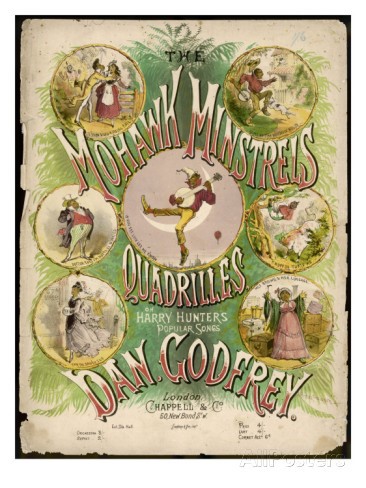 Poster for the Mohawk Minstrel Quadrilles
Poster for the Mohawk Minstrel Quadrilles
Mohawk Minstrels Poster, Agricultural Hall, Islington
I am indebted to Jean Thomas, a talented researcher whose husband’s ancestor Little Thomas performed on stage at the Mohawk Minstrels with John Fuller. Jean kindly contacted me after finding my website, realising how much information she had on both John Fuller and the Mohawk Minstrels, kindly sending me many emails together with newspaper clippings, posters, songbooks with relevant songs and lyrics sung by both John and his eldest son Walter Fuller. Jean’s information opened a door for me on John Fuller’s enormous success on the London stage. I really had no idea about this side of his musical career until Jean enlightened me to these successes and those of his son Walter, who was also a gifted musician and child singer. It was exciting to open Jean’s email to me and find this confirmation of John Fuller’s employment at the Mohawk Minstrels in October 1881.

The Stage, 7 October 1881
In October 1881 John Fuller had the breakthrough he had been seeking when he was selected to be included in the permanent cast of the Mohawk Minstrels. The Stage Newspaper, London, 28 October 1881, states that John Fuller, the latest addition to the Mohawk nest, sang the new ballad Sweet Angelina admirably and further commented that “this gentleman possesses a fine and sweet tenor voice and was honoured with an encore, well merited.”
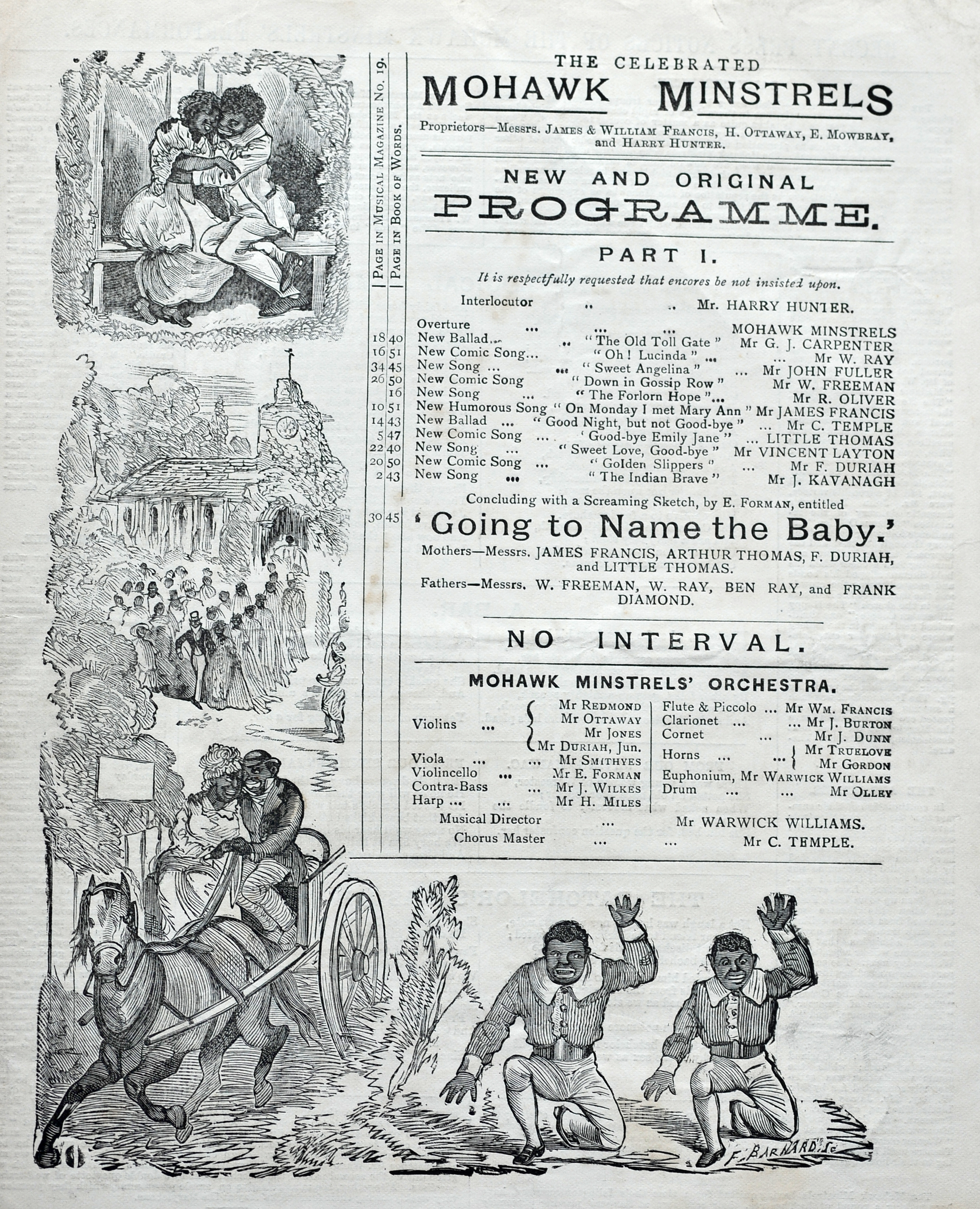 Mohawk Minstrel’s Programme October 1881, featuring John Fuller singing a new song, Sweet Angelina, and Little Thomas singing the new comic song Good-bye Emily Jane, Image from The Jean Thomas Collection
Mohawk Minstrel’s Programme October 1881, featuring John Fuller singing a new song, Sweet Angelina, and Little Thomas singing the new comic song Good-bye Emily Jane, Image from The Jean Thomas Collection

The Stage (London), 28 October 1881
1882 was a pivotal year in John Fuller’s life, when he made the enormous decision to change his occupation. John moved from a man who dabbled in stage performance and song at Music Halls and Theatre Troupes in his spare time, to taking this as a serious occupation. He was born to entertain, and for the first time in his life he was doing something that he thoroughly enjoyed. When he gave up his career as a printer’s compositor he accepted an invitation to join the celebrated Mohawk Minstrels as a chorus member and soloist, and remained with the Troupe for about five years. He also sang in some of the famed London Ballad Concerts at The Royal Albert Hall and became a favourite among the audiences of London.
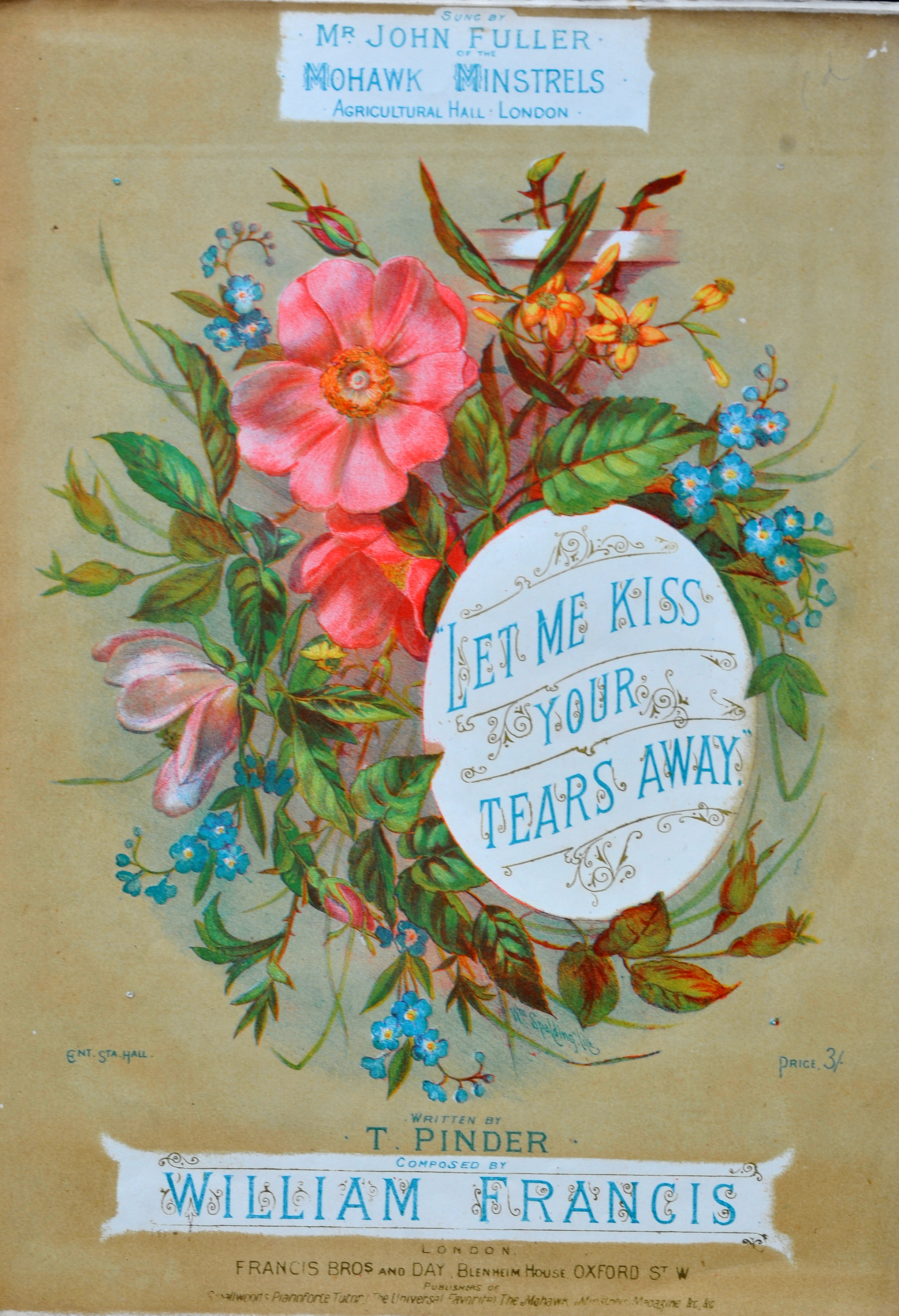 Let me Kiss your Tears Away, written by T. Pinder, Composed by William Francis, illustrated song-sheet cover, as sung by Mr John Fuller of the Mohawk Minstrels, Agricultural Hall, London, from The Jean Thomas Collection
Let me Kiss your Tears Away, written by T. Pinder, Composed by William Francis, illustrated song-sheet cover, as sung by Mr John Fuller of the Mohawk Minstrels, Agricultural Hall, London, from The Jean Thomas Collection
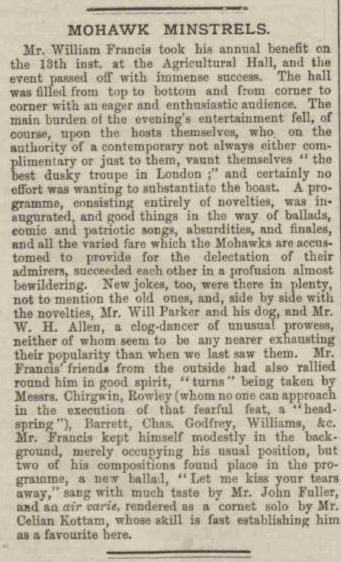
The Stage (London), 22 September 1882
The Stage newspaper states, “a new ballad, “Let me Kiss your Tears Away”, sung with much taste by Mr. John Fuller.”


The Stage, 14 July 1882
By 1882 John Fuller was receiving regular and very good newspaper reviews and was clearly a principal tenor with the Mohawk Minstrels. The Stage newspaper reported “a prettier vocalisation of “Does your heart Beat True to Me” than that in which Mr. John Fuller’s tenor voice is heard to such advantage, we have never heard before.”

Mohawk Minstrels Programme 10thYear at the Agricultural Hall, December 1882, image courtesy of the Jean Thomas Collection
John Fuller sings a new ballad, Wait Till the Clouds Roll By, listed on the Mohawk Minstrel Programme for December 1882.


Torquay Times, 13 July 1883
This newspaper clipping from the Torquay Times mentions John Fuller singing at St George’s Hall, “an excellent light tenor with a good vocal method, lately a member of the popular Moore and Burgess Minstrels, at St James’s Hall, gives favourite songs with an effect very heartily appreciated.”
What was pleasing was to see that John Fuller’s eldest son Walter Fuller, was also appearing regularly with the Mohawks and getting very good reviews, listed in newspaper articles with his father. Walter Fuller had a very clear and musical voice, pleasing his audiences with such songs as When the Leaves Begin to Turn,The Grave of Little Kathleen, I love my Dear Mother the Best, When the Blue Birds Build Again, Mother Guide My Little Hand, Sweet Emmeline and Two Little Shoes.
A newspaper clipping from The Islington Gazette, 7 May 1883 confirmed Walter Fuller’s first appearance with the Mohawk Minstrels, introducing him to their company when he sang Handel’s duet Angels Ever Bright and Fair, with Mr A.C. Mackey, “It would have been puzzling to a person on the other side of the curtain to distinguish between his voice and a lady contralto”. The paper went on to praise Walter’s second song Ave Maria, by Gounod, as a remarkable rendition from a child of only about nine or ten years.

The Islington Gazette, 7 May 1883


The Stage (London), 10 August 1883
This clipping from The Stage Newspaper, 10 August 1883 states “Mr. John Fuller’s vocalisation was good in In reaping time I met my Love, but the latter has a cockney pronunciation which is not pleasing” and “Master Fuller was encored for When the leaves Begin to Turn, and we do not think we have ever heard anything sung with any approach to merit by so tiny a vocalist.”
It was so interesting to read these articles and see the praise for Master Fuller’s voice. When Jean Thomas very kindly sent me this clipping, she wrote, “Loving Master Fuller’s review in this. So precious!”. On the other hand, I am absolutely sure that John Fuller would have worked hard to rid himself of the cockney accent that was not pleasing. A few singing lessons would have sorted that small problem out!

Entr’acte, 9 August 1884

Mohawk Minstrel Programme, August 1884, Image courtesy of Harvard University’s Houghton Library
John Fuller sings Jeannie with the Light Brown Hair and Master Walter Fuller sings Only a Dear Little Flower.
This next clipping from The Era writes, “The Grave of Little Kathleen, expressly composed and sung with great pathos by Master Walter Fuller, whose clear and musical voice told well in the large hall,” and “Shine on Fair Moon was a pretty serenade, in which Mr. J. Fuller was cordially appreciated.”


The Era (London), 13 September 1884

Mohawk Minstrels Programme 11 September 1884, Image courtesy of Harvard University Library
Harvard University’s Houghton Library has a wonderful collection of Mohawk Minstrel Programmes and included in this group I was able to find the exact evening that John Fuller sang Shine on Fair Moon and Walter Fuller sang The Grave of Little Kathleen.

Mohawk Minstrels Programme No 38, November 1884, courtesy of Jean Thomas Collection
It is just so precious to have these wonderful programmes, kindly sent to me by Jean Thomas, listing John Fuller singing Meet Me by the Maple Tree and his son Walter Fuller singing Mother Guide my Little Hand, performing with the Mohawk Minstrels at the Agriculture Hall in Islington, London. Also the review of the show from The Era newspaper reported that Master Fuller’s voice is sweet and sympathetic and his intonation is remarkably correct.

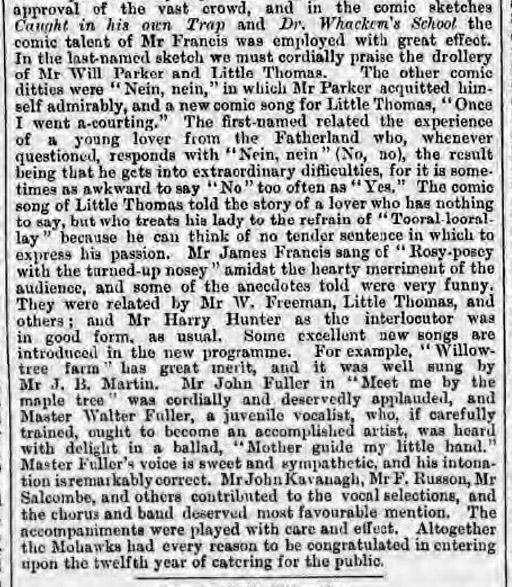
The Era (London), 8 November 1884

Meet me by the Maple Tree, page one, written by Harry Hunter, composed by Alfred Lee and sung by Mr. John Fuller, Mohawk Minstrel Magazine No 38, image courtesy of Cambridge University Library

Mother Guide my Little Hand, page one, written by Harry Hunter, composed by David Day and sung by Master Walter Fuller, Mohawk Minstrel Magazine No 38, image courtesy of Cambridge University Library
In October 2019 my sister Lavinia Chrystal travelled to England and I asked her help in my quest to find some of the sheet music that John Fuller had sung. In particular I was searching for one of John Fuller’s signature tunes, We don’t know how we love them till we lose them written by Harry Hunter and composed by W. G. Eaton. My sister visited London Library, where the librarians kindly helped her to browse their “search hub” and discovered that a copy of the music was lodged at Cambridge University Library.
Thus began a wonderful email correspondence with Margaret Jones, the Musical Collections Supervisor at Cambridge University Library. Like myself, Margaret was inspired by the Fuller family “rags to riches” story from Shoreditch to Sydney and not only kindly provided these song sheets to me, but several other music scores from their library that both John Fuller and his son Walter Fuller sang in England in the 1880’s. I am indebted to Margaret for this help in uncovering this wealth of a hitherto forgotten past about the Fuller family’s life in England before they migrated to Australia and then New Zealand.
Margaret Jones emailed me a short time later to let me know that she had written up a blog on the Cambridge University Library website about the Mohawk Minstrels and had featured my Fuller family as part of this history. I am grateful too, that she included a link to my website, so that those interested in further information about the Fuller family can certainly find it here! It was wonderful also to see her interpretation of this popular musical entertainment. Like myself Margaret had also been impressed that the Mohawk Minstrel Magazines, which published the songs and music of their Company, proudly boasting that “These songs may be sung by anybody”.
“The Mohawk Minstrels were formed in London in 1867. So called “Black-face” minstrelsy was hugely popular at the time, and was the first form of distinctively American entertainment to storm Britain. Audiences were thrilled by the seemingly exotic music and dances performed by the minstrels, and were also reassured that in a minstrel show, they could expect a rather more refined kind of music, inspired by the structures of classical music, and lacking the double-entendres, and suggestive lyrics, beloved of Music Hall audiences.” Minstrels by Margaret Jones, posted 25 October 2019.
Margaret went on to explain “By 1873 the Mohawk Minstrels had taken over the lease of the Agricultural Hall in Islington, London, and would stage shows there on a continuous basis until 1900. The Mohawks were founded by brothers James and William Francis; who were soon joined by composer David Day, and later in the decade by lyricist and performer, Harry Hunter; who was head-hunted from a rival minstrel show. Between them, they would form one of the largest publishers of popular music, Francis, Day and Hunter, who would go on to become founding members of London’s own Tin-Pan Alley, publishing Jerome Kern, George Gershwin and Cole Porter, among other eminent names, before being bought out by EMI in the 1970’s.”https://musicb3.wordpress.com/2019/10/25/minstrels/
In her blog Margaret Jones pointed out that after his migration to New Zealand, John Fuller Snr. moved away from blackface minstrel shows and went into vaudeville and varietal musical entertainment, hiring out Auckland Town Hall, where John Fuller Snr. and his five children, Walter, Ben, John Jnr., Hetty and Gertie Fuller produced and performed their own shows, which evolved to include wax works and magic lantern or myriorama shows.
My own grandfather John Fuller Jnr. became the “electrinopticon controller” creating sound and lighting effects to complement slides of pictures from all over the world that included India, Africa, England and Ireland, from wars in Europe, volcanic explosions from Mount Krakatoa in Indonesia to wondrous and exotic Pacific Island paradises, all stylishly accompanied by music and song.
John Fuller Snr. was not only a polished performer with a magnificent tenor voice, he became a theatrical proprietor and a man of his time, observing the changing fashions of theatre, so that by 1910, noting that his audiences couldn’t get enough of silent movies and newsreel pictures illustrating current events, Fuller’s Theatres moved towards cinema and away from live popular musical entertainment. John Fuller Snr. stepped back, allowing his sons to take over the movie theatre business.
Thus it was, for a short time in theatre history that the Fuller family enshrined a style of live and affordable popular musical entertainment that captured the hearts and minds of audiences in New Zealand and Australia, made them a household name and shot them to fame and riches beyond their imagination.

Mohawk Minstrels’ Magazine No 43 circa 1884, image courtesy of Jean Thomas Collection

The Era (London), 3 January 1885
The Erawrote “Master Walter Fuller in “When the Blue Birds Build Again”, displayed the good quality of a clear, bright voice. Mr John Fuller, Mr Martin and Mr. Will Parker also contributed valuable aid; and the merry sketch “Captain Slasher’s Black Brigade” made a capital conclusion to the first part of the programme”

Mohawk Minstrel’s Easter Programme 1885, Agricultural Hall, London
This Mohawk Minstrel Easter Programme lists two solos for John Fuller who sang One Heartwhilst his son Master Walter Fuller sang Only a Pansy Blossom.

Plymouth Evening News, 7 July 1885
John Fuller is reported from The Portland Hall, Southsea, on 7 July 1885 in the Plymouth Evening News singing, A Boy’s Best Friend is his Mother. which was met with great merit.
What was interesting was that the Mohawk Minstrels had just commenced their summer tour, in interviews in New Zealand John Fuller had mentioned his tours of the “Counties”.


The Era (London), 8 August 1885
Top billing was accorded to Mr. John Fuller, who performed with the Mohawk Minstrels at the Agriculture Hall, Islington and was reported in The Era, 8 August 1885, when “Mr. John Fuller first sang the sentimental ballad entitled A Flower From Mother’s Grave.…. Walter Fuller was also rewarded with applause for his song, “Don’t Leave your Mother when her hair turns Grey.”
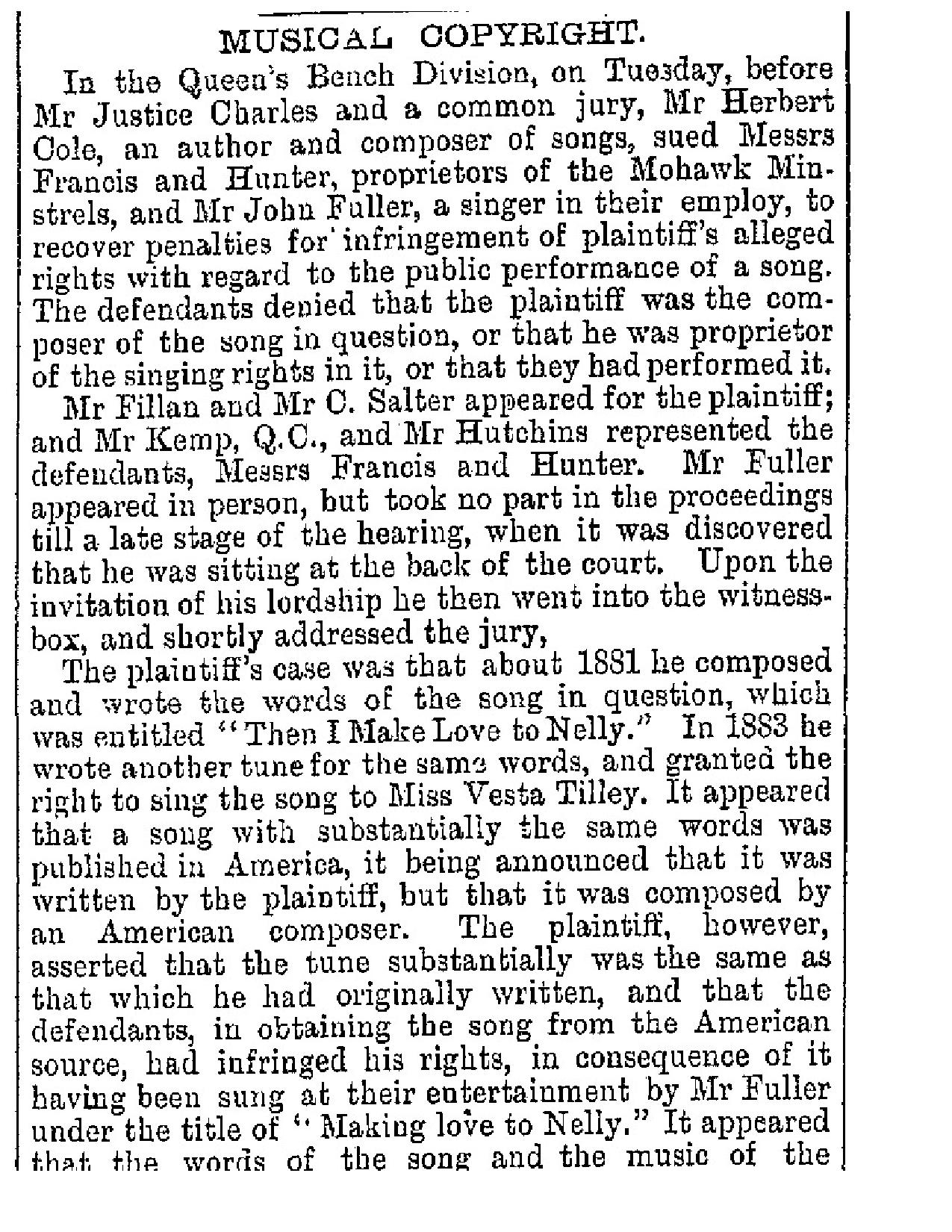

The Era (London), 19 November 1887
What an interesting article on an alleged copyright infringement bought by Vesta Tilley against Messrs’ Francis and Hunter, proprietors of the Mohawk Minstrels over a song that had been published in their Mohawk Magazine called Making Love to Nelly. It is marvellous to see that John Fuller was sitting quietly up the back of the court during the hearing.
A year later, John Fuller had left the Mohawk Minstrels, being described in the Islington Gazette, 1 November 1888 as an ex-Mohawk. I can only think that John Fuller had decided to move on from “burnt cork face” singing into more personally identifiable concert performances. A forerunner of the style that he adopted in New Zealand and Australia at his own concerts, which was more vaudeville entertainment, primarily popular songs and duets, together with a good variety of comedy acts and operettas.

The Islington Gazette, 5 March 1888
On 5 March 1888, The Islington Gazette reports on the Mohawk Minstrel performance stating “Another old favourite who met with a good reception was Mr. John Fuller, who appearance caused gratifying applause, and whose singing of Tom Bowling gained an encore, which was not responded to.”
Interestingly, it appears that John Fuller had left the Mohawk Minstrels, some time between March and September, John Fuller being described in the Islington Gazette, 1 November 1888 as an ex-Mohawk. I can only think that John Fuller had decided to move on from “burnt cork face” singing into more personally identifiable concert performances. A forerunner of the style that he adopted in New Zealand and Australia at his own Fuller’s Theatres concert productions, which was more vaudeville entertainment, primarily popular songs and duets, together with a good variety of comedy acts and operettas.

Islington Gazette, 17 May 1888
It was so interesting to see this newspaper clipping so kindly sent to me from Jean Thomas with the query, “Is this your family?”. John Fuller Jnr. was performing alongside his father at The “Favorite” Omnibus Sick and Burial Club performances at Holloway Hall. The Islington Gazette stated, “John Fuller Snr. was heard to advantage in The Death of Nelson and Alice, Where Art Thou? and much precocious ability was displayed by Master John Fuller.”
I am sure that Master Walter Fuller had by now moved on from his time at the Mohawk Minstrels, his pure tenor voice would now have broken, and with his maturity, his voice needed to be rested for it to achieve resonance in the future.

The Hastings and St Leonards Observer, 29 September 1888
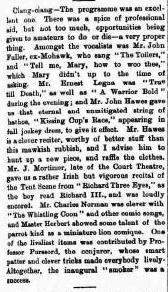
Islington Gazette, 1 November 1888

Islington Gazette (very blurry), 3 May 1889
Just a month before his departure to Australia, John Fuller is listed as a tenor vocalist, performing alongside Master John Fuller at Holloway Hall in a grand concert with the “Favorite” Omnibus Sick and Burial Club, Master John Fuller described is as a “juvenile character comedian”.
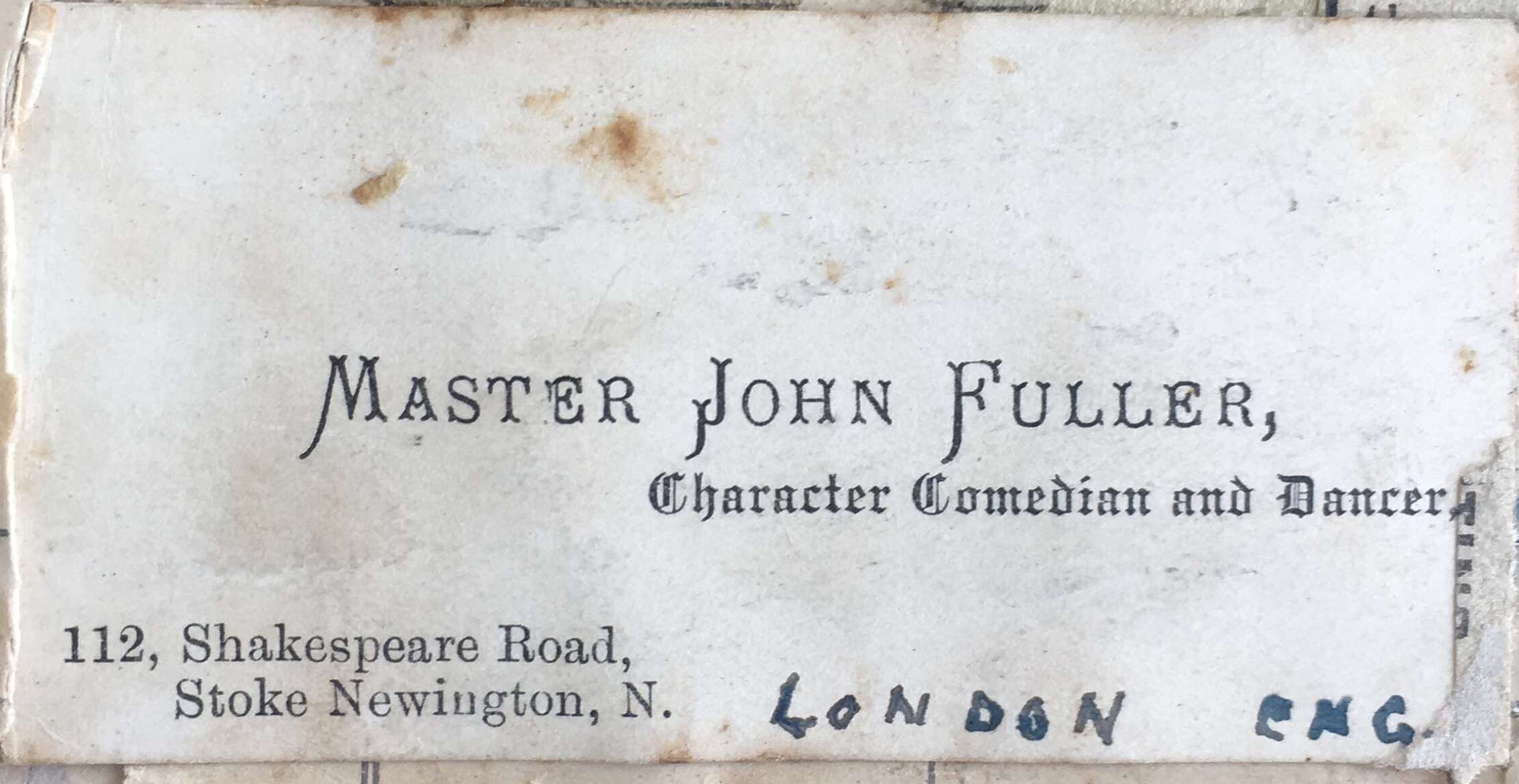
John Fuller Jnr. Scrapbook, image courtesy of Lavinia Chrystal

Provincial Entr’acte (London), 16 October 1886
This interesting newspaper clipping found by Jean Thomas, shows that John Fuller Snr. was also giving singing lessons in Stoke Newington, helping to supplement his income.
I was impressed to see that John Fuller Jnr. appeared on the stage in London in 1890, whilst his father John Fuller Snr. was in Australia.

Islington Gazette, 30 May 1890
Master John Fuller is again part of The “Favorite” Omnibus Company’s Concert, performing at Holloway Hall, Holloway Road in May 1890, alongside such luminaries as G.H. Chirgwin, Herbert Campbell, Harry Bluff, Will Moore and Carl Benson. The Islington Gazette reports “ Master John Fuller scored a success in his various songs and dances, the little fellow promises to become one of the talented of our characteristic singers.”
The following year John Fuller Jnr., together with his sister Lydia and stepmother Matilda Fuller migrated to Australia to join John Fuller Snr. in Melbourne.
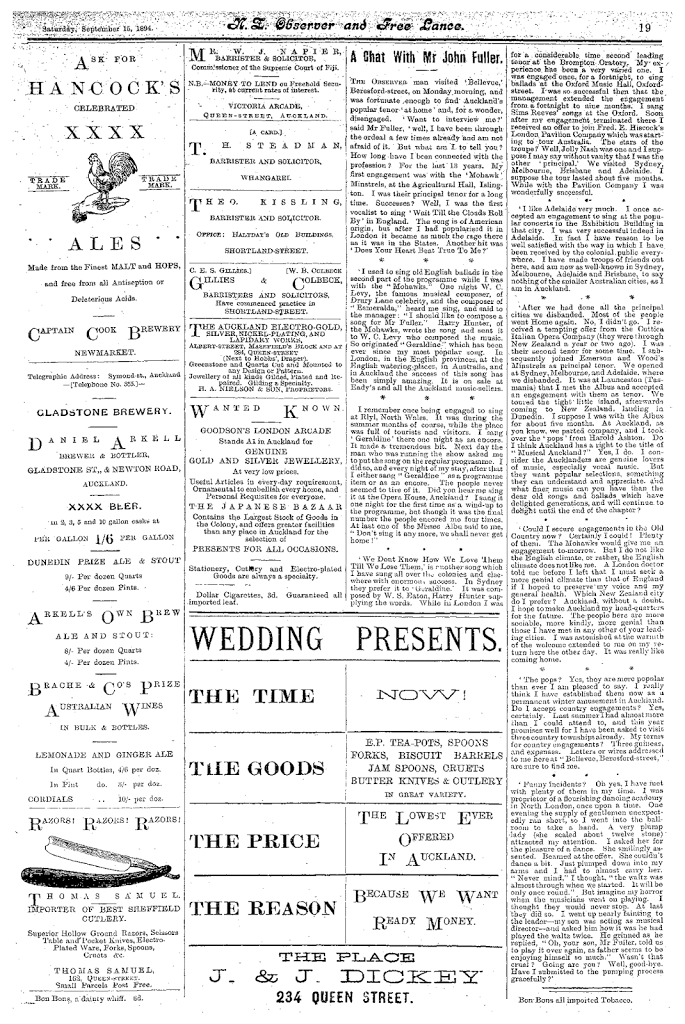 The Observer (New Zealand),Volume XV, Issue 820, Saturday 15 September 1894, page 19
The Observer (New Zealand),Volume XV, Issue 820, Saturday 15 September 1894, page 19
This is a wonderful interview with Mr. John Fuller from The Observer, elucidating John’s career, his favourite songs and his philosophies in life. I like this newspaper clipping so much, simply because it is not a reminiscence of his life, but rather an update on a very busy career, and well before Fullers Theatres became so amazingly successful. It is courtesy of Papers Past, an excellent digital online old newspaper service from New Zealand, run in a very similar way to the very successful Trove Digitised Newspapersfrom the National Library of Australia. At the press of a button, a long forgotten article is found after hiding for 100 years.
“My first engagement was with the Mohawk Minstrels, at the Agriculture Hall, Islington. I was their principal tenor for a long time. Success? Well, I was the first vocalist to sing ‘Wait Till the Clouds Roll By’ in England. The song is of American origin, but after I had popularised it in London it became as much a rage there as it was in the States. Another hit was ‘Does Your Heart Beat True to Me’.
I used to sing old English ballads in the second part of the programme while I was with the Mohawks. One night W.C. Levy, the famous musical composer, of Drury Lane celebrity, and the composer of Esmerelda heard me sing, and said to the manager, “I should like to compose a song for Mr Fuller”. Harry Hunter, of the Mohawks, wrote the song and sent it to W.C. Levy who composed the music. So originated ‘Geraldine’ which has been ever since my most popular song. In London, in the English provinces, at the English watering places, in Australia, and in Auckland the success of this song has been simply amazing. It is on sale at Eady’s and all the Auckland music-sellers.” John Fuller Snr., excerpt from A Chat with John Fuller, The Observer, 15 September 1894. A full transcription of this newspaper article is included at the end of this chapter.
I was lucky enough to find a copy of the music Geraldine lodged at Harvard University Library where it has been placed in their Sheet Music Collection, a wonderful depository for old sheet music that may have possibly turned to dust and distant memories, if not for this wonderful enterprise. It was incredible to find this historic and very precious piece of sheet music amongst an old song book in their collection. A search on Google indicated that John Fuller’s Geraldine might be amongst their sheet music collection but gave no links. It was a search that involved many hours on the internet, combing through page after page of their music collection, until I found the page with the score and lyrics to John Fuller’s famous signature tune Geraldine by W.C. Levy and H.C. Hunter in the Franklin Square Song Collection. I remember so vividly a winter evening back in August 2017 when I finally found Geraldine and the smile and thrill that not only was it the right music but also the pretty lyrics were there on the page, all three verses! I look forward to the day when I can hear this song performed once again, possibly the first time in 100 years.

Score and Lyrics to Geraldine, by W.C. Levy and H.C. Hunter, Franklin Square Song Collection Image courtesy of Harvard University Library
Marriage of John Fuller and Emily Matilda Cryer 22 July 1888, St Ann’s Tottenham, London
It was wonderful to see that witnesses to the marriage of John Fuller and Emily Matilda Cryer were Alfred Francis Crier and Lydia Fuller, father of the bride and daughter of the groom. However it was curious that John Fuller, after all his singing successes in London, gave his occupation as compositor and this raises questions as to why he did this.
John’s life must have been thrown into chaos by his wife Harriett’s death in May 1887, and it was not surprising that a year and two months later John married again, as he needed a wife as much as he needed a new mother for his large family. It must have been a struggle during these years, and he was possibly not earning a very large or reliable wage. I am sure his father was helpful at this time in his life (his mother, Mary Fuller nee Walter had earlier died in 1875, aged just 55 years) and it must have been frustrating for Benjamin Fuller to see that his son’s heart was not in his original occupation as a printer’s compositor. Benjamin probably thought of printing as a more stable living for a family man, than to see his son deviating from the Fuller’s traditional path as merchants of London, and he may have been disappointed. I don’t know anything about the father/son relationship. I do know that Benjamin Fuller lived to old age and died in 1903 aged 78 years, just a few years before Johnny Fuller’s World Tour in 1907. He never remarried.
In 1889, a year after his marriage to Emily “Ma” Cryer, John joined Hiscock’s London Pavilion Company to tour Australia. Four months into their tour, the company folded and John Fuller was left with twenty pounds in his pocket and was out of pocket fifty pounds, which was a large sum of money in those days, a sum that was never to be repaid. At 37 years of age John was down on his luck, but his obvious sunny disposition and optimism meant he was able to turn things around and create new opportunities in Australia and New Zealand that he had possibly never even dared to dream.
FULLER FAMILY PORTRAIT, NEW ZEALAND, 1895

The Fullers Front Row: Lydia Fuller (Boddam), Mrs “Ma” Crier Fuller, May Fuller, Mr John Fuller Snr.
Back Row: Walter Fuller, Harriet “Hetty” Fuller (Hamer), Sir Benjamin Fuller, Johnny Fuller Jnr. Auckland, New Zealand circa 1894. Photo and identification kindly provided by Scott Fuller.
Harriett’s burial in a pauper’s grave at Abney Park has always been a great family sadness, coupled with the knowledge that my grandfather Johnny Fuller visited Abney Park in 1907 on his World Tour and found her grave, only to revisit again in 1927 when he travelled again to London with his second wife, Lavinia and their young family, and was unable to locate Harriett’s grave. Nearly twenty years had passed and the cemetery must have looked very different.
Several attempts by the family to find Harriett’s grave have been fruitless, Scottie Fuller and my sister Lavinia Chrystal have both tried recently to find the grave when in London, without success. It is acknowledged that there was no gravestone for Harriett, however to find the actual plot would be wonderful indeed. As Scottie says, he would just love the opportunity to place some flowers on her grave site. Even as I write this Scott is planning another visit to Abney Park in the hope that he can produce some historical records of the layout of the park and locate the well near to the grave that Johnny describes in his journal.
Below is the death index for Harriett Fuller which I had used earlier to order a copy of her original death certificate.
England and Wales Death Index 1837-1915:
|
Name:
|
Harriett Fuller
|
|
Estimated birth year:
|
abt 1852
|
|
Registration Year:
|
1887
|
|
Registration Quarter:
|
Apr-May-Jun
|
|
Age at Death:
|
35
|
|
Registration district:
|
Islington
|
|
Parishes for this Registration District:
|
|
|
Inferred County:
|
London
|
|
Volume:
|
1b
|
|
Page:
|
251
|
In the meantime, Lavinia and I re-read the London sections of J. F Jnr’s World Tour 1907, and found three pages of entries regarding his relations in London, which I have copied for this chapter. We lamented that he did not include more family visits or information in his writings, which were mainly regarding his observations of the theatre world and in particular the business side of the theatre. There will be more on Johnny Fuller’s journal in my next chapter, Fullers Earth. Johnny Fuller’s journal is called Tour of the World 1907, and was lent to Alistair Duncan when he was writing Actor’s Blood.
My mother carefully stored these two journals in the French cabinet in the drawing room at Point Piper. This was Gran Fuller’s French cabinet, that had been in the drawing room at Caerleon. I had never seen the journals before she loaned them to Alistair Duncan, and I was fascinated that Johnny Fuller had kept such a journal and had such an amazing trip in 1907. It consisted of two pages for each entry in the journal, one the original, which we still have and the other, a copy, with the carbon paper still evident in the back of the journal. Obviously Johnny was writing his journal rather like a diary, and posting a copy back to either his brother Benjamin or father John Fuller Snr in New Zealand. He felt elated at the thought that the business in New Zealand was going so well, and that he had been given this leave of absence and the blessing of his father and brothers to take time, and funded money from the business to see the world in seven months. However, he took his job seriously and diligently, and wrote nearly every day about his experiences as he visited each country, countless theatres, saw new ticketing machines for the first time in London, observed the architecture of the theatres and did a head count at every theatre evening he attended. He never missed a tourist destination, and his descriptions are wonderful. He booked his trip by ship from Wellington to London in second class. “What a mistake”, he wrote, “I have gotten used to the good life, and I have now booked Gertie and myself back to New Zealand first class, as I can’t bear trying to be like my grandfathers in London, who had lived so frugally”.

Page 73 of Johnny’s Tour of the World 1907
Johnny Fuller mentions his visit to Abney Park Cemetery to visit his mother’s grave. Incredibly the same plot information is still available today online, and shows the public grave, listing all those buried within. Sadly today the maps to the records are missing and nothing correlates to this number on their new maps of the park. It is very sad that there has been this mix up, however Johnny gives such amazing directions to the grave that I am confident, once we find the well, we will know roughly where Harriett is buried. As Johnny wrote, “it’s near to a well, and a back wall, church street side.” Lavinia and I are quite convinced that there must be an old map of Abney Park showing the well. Once we locate this well we will find the grave site.
The dates below would indicate that Harriett was buried towards the top of this very large grave, and we have to be thankful for that, at least!
Online Look up giving details for burials in Abney Park:
PUBLIC GRAVE NO: 080015
Donoghue, James (aged 75)
1812 – 1887 (buried 31/03/1887)
Hilton, Eliza (aged 68)
1819 – 1887 (buried 31/03/1887)
Coleman, John James (aged 73)
1814 – 1887 (buried 02/04/1887)
Woollard, John (aged 83)
1804 – 1887 (buried 04/04/1887)
Dancer, Ann (aged 74)
1813 – 1887 (buried 04/04/1887)
Hart, Louisa (aged 63)
1824 – 1887 (buried 07/04/1887)
Smith, William (aged 36)
1851 – 1887 (buried 09/04/1887)
Phillips, William (aged 41)
1846 – 1887 (buried 16/04/1887)
Lewis, Susan (aged 40)
1847 – 1887 (buried 27/04/1887)
Bull, Thomas Raymond (aged 10)
1877 – 1887 (buried 30/04/1887)
Major, William (aged 11d)
1887 – 1887 (buried 02/05/1887)
Fuller, Harriett (aged 35)
1852 – 1887 (buried 03/05/1887)
Cole, Henry Edward (aged 62)
1825 – 1887 (buried 05/05/1887)
Dawson, Eric Arthur (aged 2w)
1887 – 1887 (buried 10/05/1887)
Webb, Frederick William (aged 50)
1837 – 1887 (buried 10/05/1887)
Hawkins, Matilda (aged 53)
1834 – 1887 (buried 11/05/1887)
JAMES BRIMBLECOME AND ELIZABETH ANN FULLER
Page 48 of Johnny Fuller’s Tour of the World 1907
Johnny Fuller writes about visiting Uncle James and Aunt Lizzie. Lavinia and I were at first puzzled by this entry and wondered who they were, obviously they were still living at the same address at 17 Pearson Street, Shoreditch, and thus Johnny remembered them very well from his childhood. It occurred to me that they must have been kind to him during the terrible time of his mother’s illness and death.
Aunt Lizzie was indeed John Fuller Snr’s sister Elizabeth Fuller who was married to James Brimblecombe. I had earlier found both Elizabeth’s baptism, showing the family still living at Shap Street, and then I found her marriage record to James Brimblecombe. They had three children, Annie, Arthur and John. I hope I will soon find a direct descendant of the Brimblecombes.

Baptism of Elizabeth daughter of Benjamin and Mary Fuller 28 March 1852 at St Marys Haggerston
Marriage of Elizabeth Fuller to James Brimblecombe 24 September 1871, at St Giles Cripplegate.
1891 English Census for the Brimblecombe Family of 17 Pearson Street, Shoreditch
I could see that Elizabeth now had the middle name Ann, this was interesting as I had been collecting a huge amount of records for the Fullers and I was able to see that this was a familial name going back several generations. Elizabeth’s father Benjamin Fuller also had two sisters named Elizabeth Ann, one dying as a two year old child in 1828, and another sister, born in 1832, was named in her honour. That name was significant as it was the baptised name of their mother, Elizabeth Ann Euesden who had married Richard Fuller in 1821, who was also a cabinet maker.
Elizabeth gave the address 28 Weymouth Terrace, Hackney as her address on her marriage certificate, and James Brimblecombe, 8 Wood Lane. He listed his occupation as a Tailor, as was the occupation of his father, John.
JOHN JONES AND FRANCES BECK
Johnny Fuller and his first wife Gertie Fraser spent nearly three months in England, Scotland and Ireland. In between his time spent in London he managed to visit Edinburgh, Glasgow and Inverness in Scotland, Belfast and Dublin in Ireland, and he visited Manchester, Liverpool and Stratford upon Avon in England, before returning to London.

On Page 47 of his World Tour
Johnny writes about the first day of his stay in London, Sunday 12 May 1907, and he pays a visit to Granny and Aunt Fanny Jones the following day. This wonderful page brings to life his maternal grandmother Frances “Mary” Jones nee Beck and his aunt Frances “Fanny” Flora Jones, who were living in Islington. It is an afternoon full of joking and laughter. It is wonderful to know that he and his brother Ben were looking after these two women, and helped them to “avert a crisis”, which I gather may have meant them not being able to afford their rent. It is pretty amazing to realise that this was my Great Great Grandmother, Frances Mary Jones. It is incredible that I was able to find their 1911 English Census showing them living together in London, shortly before their deaths. I was also able to find Aunt Fanny’s death record and burial at Islington Cemetery in 1914.
1911 English Census showing Frances “Mary” Jones and daughter Frances Flora,
63 Middleton Road, Islington.
London Metropolitan Archives explanation regarding the English Censuses:
“The English census was taken on the nights of 6 June 1841, 30 March 1851, 7 April 1861, 2 April 1871, 3 April 1881, 5 April 1891, 31 March 1901 and 2 April 1911. The enumerator was assigned a specific area to cover and distributed a schedule to each household in that area in the days running up to census night.”
London England, Deaths and Burials 1813 -1980 Register for Frances Jones 29 April 1914, aged 72, 36 Elthorne Road, Islington.
I took a short time to find Harriett’s parents and siblings, all listed on the 1861 English Census, made easier by the fact that I now knew that Harriett’s mother was Frances Mary Jones, who had witnessed her daughter’s wedding, was married to John Jones, rope maker, who was born in Bedminster, Somerset, England. Frances M Jones was listed as being from Tiverton, Devon, England. John and Frances Jones had a large family. Frances, Emily, John, Harriet, Edwin, Charlotte and Edwin Jones are all listed on the census. Francis Jones was listed as a dressmaker.
1861 English Census of the Jones family of Islington. John Jones, rope maker employing one boy
The marriage record for John Jones and Frances Mary Beck shows that John Jones’ father is also named John Jones, a plumber and Mary Beck’s father is listed as George, a painter. Both John and Mary signed the register and supporting the marriage, as witnesses, were Henry Jones and Elizabeth Beck, siblings of John Jones and Frances Mary Beck.
Marriage of John Jones and Mary Beck, 6 November 1842 at St Anne’s Westminster, London.
GEORGE BECK AND MARY LANCASTER
Descendant chart for George Beck and Mary Lancaster showing the large family of Harriett Jones.
Marriage of Evalina Dorothy Jones and Cecil Pearson 9 April 1915 Islington, London
Evalina Jones is listed as the daughter of Edwin Jones, Comedian, deceased. Edwin Jones being a brother of Harriett Jones, and baptised with her on the same day. It was interesting to be contacted by Sylvia Dearing, a great grand-daughter of Edwin Jones recently, who explained that Edwin appeared regularly at Collins Music Hall in Islington, and was also a member of the Mohawk Minstrels where John Fuller was employed. Edwin used the stage name Curly Jones. I had wondered how supportive Harriett had been to her husband’s new career as a singing minstrel, and now this new information puts quite a new light on John Fuller, and perhaps a friendship and influence that Curly Jones had played in his life, not to mention that Harriett was probably most supportive and accepting of her husband’s desire to change his occupation.
English Census for 1841 showing the Beck family of St Mary Islington, Norvells Building.
George Beck is listed as a plasterer and their children are Elizabeth, Benjamin and Beavis on this Census for 1841. This is the first English Census, and it does not include the place of birth, just a column to indicate a Y or N as to whether they were born in the county of Middlesex or not. Both George and Mary Beck give no to this answer. Frances does not appear on this record and it is the year before her marriage to John Jones. It is probable that she is working as a servant or was visiting with friends on the evening that the census was collected. Her sister Elizabeth who was a witness at her marriage to John Jones is listed.
Marriage of George Beck and Mary Lancaster 24 August 1817 at St Georges Church Bloomsbury

St George’s Church, Bloomsbury, Middlesex, London
BENJAMIN RICHARD FULLER AND MARY WALTER
Marriage of Benjamin Fuller and Mary Walter 15 June 1845 at St Mary Haggerston
Benjamin Fuller and Mary Walter give their address as 53 Pearson Street, and this record gives yet another generation with their father’s names and occupations listed on the record. Benjamin Fuller’s father is Richard Fuller, a cabinet maker, and Mary Walter’s father is James John Walter, an iron monger. James is also a witness to the marriage along with Elizabeth Brown, who I later discovered was his sister, as she is buried in the same grave as the Walters at Abney Park. Elizabeth signs the marriage record with a cross as her mark.
English Census of 1861 shows the family of Benjamin Fuller and Mary Walter 3 Weymouth Terrace
Listed on the Census are Benjamin and Mary Fuller’s children Walter, John, Elizabeth, Susannah, Benjamin and Anne. One can see again that familial names are used for their children. Elizabeth is named in honour of Benjamin Fuller’s mother Elizabeth Ann Euesden, Susannah is named in honour of Mary Walter’s paternal grandmother Susannah Hunt, who married James Walter, the father of James John Walter.
The following page shows the marriage of James John Walter and Mary Parkinson, as can be seen from the record, neither James nor Mary could sign their name, and indeed did not read or write and had no idea that the scribe was recording their name as Waller. A simple error, however it did stop me from finding this record for quite some time, and I was thankful for the help Yvonne Darby gave me when we collaborated on the Walter research, as she was also prepared to accept this record.
Marriage of James John Walter and Mary Parkinson 25 December 1820 South Kirby Yorkshire
James and Mary were married on Christmas Day in 1820 at South Kirby Church, Yorkshire, and the wedding must have made for a very happy Christmas Day for the Walter and Parkinson families. It was hard to get time off work to get married, as in Victorian England most people worked six day week, and no holidays were granted other than holy days. I have found it quite common for couples to marry and to baptise their children at Christmas time, as it is always a time when the family gathered together.
Church of South Kirby, Yorkshire
Marriage of James John Walter’s parents, James Walter and Susanna Hunt on 11 July 1779 at Hornsey Rise, Islington.
Church of St Mary’s Hornsey Rise, Islington, London, England
Baptism Record for Mary Walter, 19 July 1821 at Whitgift, Yorkshire, daughter of James John Walter, note the use of Watter instead of Walter again.
England Select Births and Christenings 1538-1975:
|
Name:
|
Mary Watter
|
|
Gender:
|
Female
|
|
Baptism Date:
|
19 Jul 1821
|
|
Baptism Place:
|
Whitgift, York, England
|
|
Father:
|
|
|
Mother:
|
|
|
FHL Film Number:
|
991097
|
Descendant Chart of James Walter and Susannah Hunt showing the family of Mary Walter Fuller
1851 English Census for the James John Walter Family of 53 Pearson Street, Haggerston West
James John Walter and his wife Mary are listed along with their nephew George Walter Brown and their grandson Walter Fuller. James is an ironmonger’s assistant, his wife Mary, a laundress, his nephew George is listed as an apprentice tailor and his grandson is a scholar. Mary Walter is listed as being born in Ousfleet, Yorkshire, and like many women in this family, Mary was a laundress.
Recently I have done a lot of research on the Walter family and in collaboration with my cousin Yvonne Darby, who was also extending her family tree in an effort to discover more about our Fullers of Shoreditch. This stemmed from a burial record I found for James John Walter showing that he was also buried at Abney Park Cemetery in London.
UK and England, Find a Grave 1300 to present:
|
Name:
|
James John Walters
|
|
Death Date:
|
Apr 1875
|
|
Cemetery:
|
Abney Park Cemetery
|
|
Burial or Cremation Place:
|
Stoke Newington, London Borough of Hackney, Greater London, England
|
|
Plot:
|
Section G03, Index 2S10
|
|
URL:
|
|
Probated will of James John Walter 3 May 1875
It was exciting to realise that my sister and niece, the two Lavinia’s, were planning a holiday to England. They were going on a journey to Devon and Cornwall in search of other Lavinia’s in our family. They had always been told that the name Lavinia came from Cornwall. This spurred me on to help her in this quest, and I spent several weeks writing up our grandmother’s Cornish and Devenish family history, town by town in both counties so that the two Lavinia’s could become my researchers in the field. The photos they took were amazing and will add a new dimension to our family history, and I hope after I publish The Dodridge and Galsworthy Families of Devon, and The Northey Family of Cornwall on the website it will inspire others in the family to follow in their footsteps. I know that Johnny Fuller took his entire family to England and France in 1926 and Gran Fuller and Johnny went to Cornwall and took their new Rolls Royce for a spin! What a sight it must have been. Along for the journey was Gran’s mother Lavinia Moar nee Northey, who had been born in Kenwyn, Cornwall in 1859, and possibly she was their guide for this trip, remembering her childhood homeland.
I suggested to the two Lavinia’s that a trip back to Abney Park might unearth another grave for our family. They were both enthusiastic to search for James John Walter, the father of Mary Fuller after I found his plot listed in the cemetery website. My sister Lavinia and husband Digger Chrystal had traipsed around Abney Park in mid-winter 2012 in the hope of finding Harriett Fuller’s grave. Their guide John, had been most helpful, and unfortunately it was before we found Johnny’s World Tour of 1907 with the grave directions, and their search was unsuccessful.
In June 2015 Lavinia left for London, and a few nights later at 1am in the morning I was awoken by a telephone call from a deep sleep. Lavinia was on the phone from Abney Park, telling me in a most excited way that she had just found the grave of James John Walter. I can remember Lavinia reading the inscription to me, “James John Walter, loved and respected by all who knew him”. Lavinia described how she had found the same guide John again at Abney Park, and he had taken her to the gravesite, and all they could see was heavy ivy undergrowth and fallen gravestones. They lifted several headstones and they were about to give up. Lavinia pleaded, just one more, while John explained that he had just lifted that one before from the other end. However on lifting it again it said Eleanor and George, but, bowing to her plea, he re-lifted it from the other end and there they both saw the words Mary Walter, and James John Walter on the gravestone. It is very exciting for our family. This is an historic gravestone and marks the grave of our Great Great Great Grandparents, James John Walter and his wife Mary Parkinson.
Lavinia is to be congratulated on this very significant discovery. She also organised a stone mason to repair and restore the headstone, and remarkably when she returned to London after her trip to Devon and Cornwall, the job had been completed, and the two Lavinia’s visited to take more photos.
Yvonne Darby and I worked away to find out about James John Walter’s sister Elizabeth Brown and her daughter in law Eleanor Walter, the wife of George Walter. Elizabeth is a bit of a mystery, as I can’t find out much about her at all. There is no baptism for her, nor a marriage record, nor a birth record for her son George Walter Brown. Is she the sister of James John Walter or was she a sister-in-law married to his brother, or is she the sister of Mary Fuller nee Parkinson? Lavinia and I are in the process of writing to the Hackney Council to request further burial information. I am not sure whether this will shed any light on things. I am also in the process of ordering a few death certificates from the UK BDM Registry and Elizabeth’s death record will be one of them, however I am pretty cross with the exorbitant rates they charge, especially as they do not supply original copies of documents, and one must be happy with transcriptions.
Yvonne and I have agreed and accepted some Walter documents which include George Walter Brown’s marriage to Eleanor Pettit, and Mary Parkinson’s birth record from Yorkshire, as well as James John Walter and Mary Parkinson’s marriage record, also from Yorkshire. However at this stage until I receive more information about Elizabeth, I am on my own in accepting a death record for her, as Yvonne wants more proof. I don’t blame her, we have to be careful which records we accept in our family tree.


The Walter headstone and grave at Abney Park, London. Photos courtesy of Lavinia Chrystal, 2015
Abney Park Memorial Church
Grave of the Walter Family, restoration organised by Lavinia Chrystal and Virginia Rundle, June 2015
The headstone from the grave of James John Walter, who died on 17 April 1875, aged 76 years, includes “a good and affectionate wife of forty one years, Mrs Mary Walter, who died on Dec 4 1861” aged 63 years, and sister Elizabeth Brown, who “died on 27 May 1886, after a few days illness, aged 82 years.” Elizabeth’s daughter-in-law Eleanor, “loved and loving wife of George” Walter, can just be made out at the bottom of the headstone.
We are probably lucky that the headstone fell with the inscription face down, as this has helped to preserve it after all these years. It is from this headstone that I feel I can correctly accept the death record I found online for Elizabeth Brown see below. I will apply for this record from London’s BDM Registry.
England and Wales Death Index 1837-1915:
|
Name:
|
Elizabeth Brown
|
|
Estimated birth year:
|
abt 1804
|
|
Registration Year:
|
1886
|
|
Registration Quarter:
|
Apr-May-Jun
|
|
Age at Death:
|
82
|
|
Registration district:
|
Edmonton
|
|
Parishes for this Registration District:
|
|
|
Inferred County:
|
Middlesex
|
|
Volume:
|
3a
|
|
Page:
|
137
|
Marriage for George Walter Brown and Eleanor Pettit 29 Nov 1854 St George the Martyr Southwalk
Notice that the father of George is listed as James John Brown, Ironmonger, this is probably James John Walter, not George’s father, but his uncle, listed on the marriage record! I hesitated at first to collect this record, as did Yvonne Darby, and I had a message on ancestry from Ken Walter telling me I had the wrong relative. I firstly undid my connection for George Walter and discarded the marriage record. However this all changed when I saw the Walter grave. It has spurred quite a few people to look again at this record, including my sending a message via ancestry.com back to Ken Walter, the ancestor of George Walter who runs the Walter Family Tree. He is also rethinking his position on the marriage record. It is significant that George Walter named his second daughter Elizabeth after his mother Elizabeth Brown. However his marriage record is certainly mysterious, to say the least. The next record I collected for George Walter Brown was this census for 1871 where he is listed under the surname Walter.

1871 English Census for George and Eleanor Walter
The Census shows George and Eleanor Walter and their large family, George Jnr, Eleanor Jnr, Elizabeth, Henry, Louisa and Anne. George is listed as a Foreman Packer and his son George Jnr is listed as a Clerk, aged 14. The rest of the children are listed as scholars, except the 11 month old baby Anne. They are living at 30 Fellows Street, Hackney in Shoreditch. George is listed as being born in Shoreditch, Middlesex and Eleanor is listed from St Luke Finsbury, Middlesex. As mentioned, the family are all going by the name Walter and this continues in the Censuses, even after Eleanor dies, and George remarries to Emily Ellis, this time he married under the name Walter. In subsequent censuses George became a travelling salesman and in the previous 1850 Census when George was living with James John Walter and his wife Mary he was a tailor’s apprentice. In later records George can be seen witnessing all of his children’s marriages, and seems to have been a most supportive and accessible father to his children.
Burial Information for Eleanor Walter from Abney Park Trust Website:
http://www.devsys.co.uk/ap/
Burial of Eleanor Walter: Birth: unknown, Death: Oct., 1892 Note: Age 59y, Grave No. 028214, Burial No. 089134, Burial: Abney Park Cemetery, Stoke Newington, London. Borough of Hackney Greater London. England Plot: Sec G03, Index 4S01 Address of Deceased: 11 Osterley Road
1911 English Census for George and Emily Walter of 13 Bath Road, West Ham
England and Wales Marriage Index 1837-1915:
|
Name:
|
George Walter
|
|
Registration Year:
|
1897
|
|
Registration Quarter:
|
Jan-Feb-Mar
|
|
Registration district:
|
West Ham
|
|
Parishes for this Registration District:
|
|
|
Inferred County:
|
Essex
|
|
Volume:
|
4a
|
|
Page:
|
121
|
|
Records on Page:
|
|
England and Wales Death Index 1837-1915:
|
Name:
|
Mary Fuller
|
|
Estimated birth year:
|
abt 1822
|
|
Registration Year:
|
1875
|
|
Registration Quarter:
|
Jul-Aug-Sep
|
|
Age at Death:
|
53
|
|
Registration district:
|
Pancras
|
|
Parishes for this Registration District:
|
|
|
Inferred County:
|
London
|
|
Volume:
|
1b
|
|
Page:
|
111
|
Three months after witnessing the probate document of her father James John Walter, Mary Fuller died at the age of 53, leaving her widowed husband, Benjamin Fuller to survive her until his death in 1903. During my research I found Benjamin Fuller living with various children in the English census of 1881 and 1891 and saw that he witnessed each of his children’s marriages. I am sad that there is no verbal history handed down about Benjamin to his grandchildren, however, I feel confident that he was a caring and diligent father.
Baptism of James John son of James and Susanna Walter, 4 November 1789 St Johns Hackney
ALFRED WALLBANK AND ANNA FULLER
1881 English Census for Benjamin Fuller and Alfred and Anna Wallbank of 28 Weymouth Terrace
Benjamin Fuller, now a widower is living with his daughter Anne “Anna” and her husband Alfred Wallbank at the Fuller’s home at Weymouth Terrace, Hackney. It is comforting to know that Benjamin Fuller was not alone at this time in his life.
Benjamin Richard Fuller was a cabinet maker, and his wife Mary Walter Fuller had died in 1875, and Benjamin was to live to old age, dying in 1903. Benjamin and Mary Fuller’s eldest son was named Walter Fuller, his occupation was, like John Fuller Snr’s, a printer’s compositor. Another brother Benjamin Fuller followed his father into the cabinet making business. It is not clear why the two eldest sons of Benjamin Richard Fuller, Walter and John, were printer’s compositors and not cabinet makers like their father. It may have made their decision to migrate to Australia much easier knowing they were not letting their father down, because continuation of his trade was being upheld by another son Benjamin.

Marriage of Anne Fuller and Alfred Wallbank 20 November 1879 at St Marys Haggerston
This is an interesting record because it shows familiar addresses. Alfred Wallbank lives at 20 Appleby Street, formerly Pearson Street, and Anne lives at 28 Weymouth Terrace and Hackney Road. Johnny Fuller mentions in his Tour of the World 1907 about the change in the name of Pearson Street. Alfred is a shoe clicker and his father Alfred Wallbank is a shoemaker. Anne’s father is listed as a cabinet maker and is a witness to their wedding, as is Mary Brown. Whether she is a relation of the Walters is not clear.
CHARLES HELSDON AND SUSANNAH FULLER
Another daughter of Benjamin and Mary Fuller was Susannah, who married George Helsdon. I had only just subscribed to ancestry when I received my very first “ancestry” message from Joan O’Brien who had seen my family tree, and that I was working on the Fullers. It was exciting to link up with a new cousin and exchange information. My cousin Scottie Fuller was particularly excited and sent an email to other cousins introducing “Long lost cousin Joan!” It wasn’t long before we met up with Joan and her husband John, at a family gathering, where she told us that the Helsdons firstly migrated to Canada from England, and it was with the encouragement of Sir Ben Fuller that her mother and her family then migrate to Sydney. The family arrived on the 24 June 1924 aboard the Niagara and settled in the Newcastle area.
Joan is an incredible researcher and has really enjoyed linking up with her Fuller cousins in Australia.
Marriage of Charles Helsdon and Susannah Fuller 8 Jun 1878 St Johns Jerusalem South Hackney
Charles and Susannah Helsdon and family circa 1890. Photo courtesy of Jane Goodwin
Benjamin Fuller and his daughter Anne were witnesses at the marriage of Charles Helsdon and Susanna Fuller. Susannah’s husband Charles lists his occupation as a chair maker, as did his father George, and it is probable that Benjamin and George were business friends in Hackney. Charles and Susannah had ten children, Alice, Susannah, Florence, Charles, Walter, Annie, Nellie, Kate, Arthur and Lily. It is nice to see the name Walter coming through this family as well. I also think that Susannah Fuller was named by her mother Mary Walter in honour of her grandmother Susannah Hunt.
RICHARD FULLER AND ELIZABETH ANN EUESDEN
I have previously mentioned Elizabeth Ann Euesden, as the mother of Benjamin Fuller, and the wife of Richard Fuller. These next few records takes the family back another generation in London’s Shoreditch, showing their marriage record, some of the Baptisms of their children, including the Baptism of Benjamin Richard Fuller, their son and my direct descendant.
Naming traditions in England dictate that the first born son will be named after the paternal grandfather and likewise the first born daughter is usually, but not always named after the maternal grandfather. In the case of Benjamin Richard, he is named in honour of his paternal uncle, and given the middle name Richard after his father.
Marriage of Richard Fuller and Elizabeth Euesden, 7 February 1821 St Luke, Finsbury
Richard signs the record with his signature, and Elizabeth with her mark. The interesting thing about this record is that there are no parents listed on the marriage record. It certainly makes it harder to now find the correct parents for this couple to take me back yet another generation. On 1 July 1837 the British Government introduced a General Civil Registration of Births, Deaths and Marriages for England and Wales requiring compulsory registration, and much more information to be collected on the marriage certificates, baptisms and death records. This explains the difference in the format of the parish records before 1837. Earlier records comprise of one line in the parish books.
This record is also interesting because all of Richard and Elizabeth’s children were baptised at St Leonard Shoreditch. I was expecting their marriage to have taken place in this church where so many of the Fullers have been baptised. However it would seem that previously the church of St Luke Finsbury was the parish church of worship for the Fullers. Richard Fuller was baptised at St Luke as was his elder brother Benjamin and another brother who died young, who also called Richard. Not only that, but, as you will see later, Richard and Benjamin’s father and uncle were also buried at St Luke Finsbury.
Baptism of Benjamin Richard, son of Richard and Elizabeth Fuller 1 Aug 1824, St Leonard’s Shoreditch.
Benjamin’s father Richard is listed as a cabinet maker and gives their address as Hoxton Markets.
Baptism of Elizabeth Ann, daughter of Richard and Elizabeth Fuller, St Leonard Shoreditch 24 Dec 1825
Death of Elizabeth Ann Fuller of Huntingdon Street, 6 April 1828 aged 2 years. Elizabeth Ann is buried in the Church yard of St John’s Hoxton, Middlesex, the Parish of St Leonard, Shoreditch.
St Johns Hoxton, Pitfield Street, Hackney, London, England
Burial record for Elizabeth Ann Fuller, showing the Fullers purchase of the plot on 3 April 1828.
Baptism of Elizabeth Ann, daughter of Richard and Elizabeth Fuller, 27 May 1832, St Leonard Shoreditch
This interesting Baptism for Elizabeth Ann Fuller, daughter of Richard and Elizabeth Fuller of Huntingdon Street shows that this day was indeed a family affair, as on the same page and on the same day was the Baptism of Joseph William, the son of Daniel and Elizabeth Euesden, also of Huntingdon Street. I have seen the naming of a child after a sibling who has died on several occasions during my family research. It is interesting that in the Fuller generation that precedes this one, it also happened, when Richard’s elder brother, also named Richard, died at the age of two. I wonder if it was this knowledge of his family history that Richard Fuller encouraged his wife to name another daughter after herself.
My interest in this record was to lead me to another branch of our family and to find the baptism of Elizabeth Euesden, Richard Fuller’s wife and the daughter of William Euesden and Hannah Turner, my third Great Grandmother. It is really incredible to open these records and see before you the lives of your ancestors through their marriages, baptisms and burials. However, to find connections in these Parish Books to their families is amazing, and you can start to appreciate how close their lives were entwined and that a good deal of their life probably revolved around their parish churches and these communities. The fact that I found them living in the same street was a bonus for my family research.
Baptism of Elizabeth Ann, daughter of William Euesden, a baker, and Hannah 17 May 1795
St Giles, Cripplegate, London.
Burial of Elizabeth Fuller of Shap Street on Sunday 31 January 1836 aged 41 years St John Hoxton
Yet again our Fuller family is blighted by a young mother’s death. Our direct ancestor, Benjamin Richard would only have been eight years old when his mother Elizabeth Ann Fuller died, and he had several younger siblings. His father Richard Fuller never married again. He appeared in several census, 1841, 1851 and 1861 and died in the Apr/May/Jun quarter of 1866. I found this information in the England and Wales Death Index for 1837-1915 which is reproduced on the next page.
1841 English Census for Richard Fuller and his children, Shap Street, Tower Hamlet, Shoreditch
Richard was widowed in 1836, he is listed here, aged 53, occupation cabinet maker, with his children Richard, Benjamin, Henry, Eliza and Mary on the 1841 English Census. This census was the first to be collected and saved by the London Archives. Unfortunately the Fullers record is very faded, however the names and ages of the children are visible and all tally with the baptisms that I collected. I am not sure why the occupations of his children were not recorded as the older children would definitely have been working at this stage. Every ten years the census was collected and the formatted changes included more details such as place of birth. The important thing about this record is that it supports the previous death record for Elizabeth Fullers death with the same address at Shap Street. Incidentally this the same street where Walter Fuller, Johnny Fuller elder brother went to the Shap Street School and Johnny Fuller paid a visit to the street in 1907 in his Tour of the World 1907, and writes it up in his journal.

1851 English Census for Richard Fuller and his daughter Mary at 3 Hoxton Market, Cabinet Maker
In this 1851 English Census Richard Fuller, is now living with his daughter Mary, 18, at No 3 Hoxton Market. Mary was named after Richard’s mother Mary Brown. This census correctly shows that Richard was born in the Parish of St Luke, this clue was important as it cleared up exactly which Richard Fuller was our direct descendant when I was looking for his baptism and found several Richard Fullers born around the years 1790. I found his Baptism in the Parish Books of St Luke Finsbury, as the son of Richard and Mary Fuller. The 1841 Census approximated ages, however the 1851 census was more accurate and it pinpointed Richard’s birth to 1791, however in that year, two Richard Fullers were born in the London area. As I mentioned earlier I followed other family trees to the family of Cornelius Fuller of Magpie Lane, when all the time the clue of St Lukes was to correctly lead to his parents, the silversmith Richard Fuller and his wife Mary.

1851 English Census for Richard and Sophia Fuller of 26 Arundel Street, Cabinet Maker
Richard Fuller is the son of Richard and Elizabeth Fuller, and is now married and living in Tower Hamlet with his wife Sophia and children, Elizabeth, Hannah and Richard. Earlier I mentioned the naming traditions in English families and here Richard has named his first daughter after his mother Elizabeth and Elizabeth’s mother Hannah Euesden, his maternal grandmother. Collecting these census’ has been quite a challenge. Not knowing who each of these Richard Fullers even were at first was part of this jigsaw puzzle to place our Fullers into our family tree.
Marriage of Richard and Sophia Tyler, 5 June 1854, St Stephens Church, St Mary Islington
This record is wonderful to see, as yet another Fuller cabinet maker is living in London. It certainly took me a while to work out exactly who he was! This record stumped me for a while as record collecting can be rather overwhelming and exacting and I didn’t know how to place him, but was convinced he was a relation. However I soon worked out that this was Benjamin Richard’s brother Richard Fuller, who I had not yet added into my ancestry tree. To this day our Fuller family has never heard of Richard Fuller and Sophia Tyler or their descendants. I have had quite a good look at their family and can see that they stayed put in the London area, and are yet to connect to ancestry.com and find our Fuller line connected to theirs.
WILLIAM EUESDEN AND HANNAH TURNER
William Euesden was 61 years old when he died at Whitmore Road, Shoreditch in Middlesex, London. William and his wife Hannah were the parents of Elizabeth Euesden who married Richard Fuller. His occupation was listed on their marriage record as a baker. He named his son Daniel Euesden, a brother to our direct ancestor Elizabeth Fuller, and it was this name that helped me find William’s baptism and collect it with confidence. Also it helped that the name Euesden is so unusual and sorting through the Euesden records was made all the more easier. However, it was surprising how many records there were and the probability that they were all related to one another somehow.
The next few pages illustrate William Euesden’s burial record, his marriage and his baptism. I believe that the marriage record for Daniel Euesden and Ann Silverthorn of 9 January 1744, which I found on family search website is the earliest record in our family history for Shoreditch, London. At this stage it is only a transcription from the original. It is probable that Daniel and Ann Euesden had a large family, married young and I have seen families with up to fifteen children from their marriages and it would not have been considered unusual. Sadly, diseases and infections would have taken the lives of many of their young children. They were living in close quarters in often very squalid and unsanitary conditions. Typhoid fever, small pox, pneumonia and the dreaded diphtheria were rampant in London and these outbreaks spread quickly. Looking at the census gives you a good idea of how many people they fitted into their small homes, often sharing just one or two rooms. In many instances the Fullers of Shoreditch were sharing their homes with other families. I think we all should count our blessings that we don’t have many of these problems today.
Burial of William Euesden on 24 April 1825 at St Leonard Shoreditch in Middlesex, London
Marriage of William Euesden and Hannah Turner 12 October 1788 St Mary Matfelon Whitechapel
Etch of St Mary Matfelon Whitechapel, London England
Baptism of William, son of Daniel and Ann Euesden 31 March 1765 at All Saints Edmonton
England Marriages 1538-1973:
Danl. Ewsden
mentioned in the record of Danl. Ewsden and Ann Silverthorn
|
Name:
|
Danl. Ewsden
|
|
Spouse’s Name:
|
|
|
Event Date:
|
09 Jan 1744
|
|
Event Place:
|
Westminster, Middlesex, England
|
Indexing Project (Batch) Number: I01010-6 , System Origin: England-EASy , GS Film number: 814105 , Reference ID: v 208 p 147
“England Marriages, 1538–1973 ,” database, FamilySearch (https://familysearch.org/ark:/61903/1:1:NJXC-KFM
All Saints, Edmonton, London
All Saints is the parish church of Edmonton, formerly in the county of Middlesex and now in the London Borough of Enfield.
The earliest known reference to the existence of the church comes in a document dating to sometime between 1136 and 1142, which records it being given to Walden Abbey by Geoffrey de Mandeville. It was completely rebuilt in the 15th century, and has undergone many significant alterations since. In 1772 the exterior was clad in brick and all the tracery, except that of the chancel, was replaced with wooden window frames. William Robinson, an early 19th century historian of Edmonton, attributed the nature of the work to the fact that one of the churchwardens was a bricklayer, and the other a carpenter. When Robinson described the church, it had only one aisle, on the north side of the nave.
This Euesden branch of our Euesden family is probably one of the earliest I have been able to trace, and again I put this down to the fact that this unusual name makes it so much easier for the family researcher to find the correct information.
RICHARD FULLER AND MARY WOOD
Baptism of Benjamin Fuller son of Richard and Mary Fuller 25 September 1785 St Luke Finsbury
Now for the first time it can be seen that Richard Fuller’s father is a silversmith and that the date of birth for Benjamin is given as 6 September 1785. Another son Richard was born on 11 May 1787 and Baptised on 10 June 1787 and as I was searching for more children of Richard and Mary Fuller, I discovered that as a three year old Richard was buried at St Luke Finsbury on 9 November 1790 after suffering a bout of convulsions. It must have been so sad for Richard and Mary Fuller to lose their dear son, however I discovered that Mary was pregnant with another child, and when a son was born in February 1791 they decided to name him Richard in honour of their dead child.
Baptism of Richard Fuller, son of Richard and Mary Fuller, 10 June 1787 St Luke Finsbury
St Luke Finsbury, Old Street, Islington, London
Burial of Richard Fuller, a child who died of convulsions, 9 November 1790 St Luke Finsbury
Baptism of Richard Fuller son of Richard and Mary Fuller 13 February 1791 St Luke Finsbury
It is this third son of Richard and Mary Fuller who is my direct ancestor who married Elizabeth Euesden. Richard was born on 19 February 1791. His elder surviving brother Benjamin went in the silversmith business and it was probable that only one son would follow his father into the business, so another merchant’s trade was found for Richard Fuller who became a cabinet maker. At some stage he would have been apprenticed to a master cabinet maker to learn his trade. It is probable that Benjamin was apprenticed to his father. The merchant’s trades were a closely protected guild and the only way into a trade was to be born to the son of a merchant or to marry the daughter of a merchant. This merchant trade system operated in Scotland, England, Ireland and Wales. Qualified merchants became members of their guild and could hang a shingle outside their shops. The Fullers, being merchants, were part of the middle class, and knew their place in society. Trades were important part of the economy and were strictly protected to make sure there wasn’t an oversupply.
I also searched for a marriage record for Richard and Mary and I found that a widow, Mary Battey had married Richard Fuller on 17 October 1784.
Marriage of Richard Fuller and Mary Battey on 17 October 1784 Chapel of St Pancras
I noticed that Thomas Wood and Hester Joynton were witnesses to the marriage. On nothing more than a hunch I decided to look for a first marriage for a Mary Wood to a Mr Battey and immediately up came with a marriage for Mary Wood and Richard Battey on 27 July 1780 in Stepney. It is incredible really that these records, images of the originals, can be found with the press of a button..
In the next few pages I will show documents and records for Richard Fuller and Mary Battey, and for Richard eldest son, Benjamin Fuller who married Susanna Davis. Earlier I showed the marriage of Richard and Mary’s younger son, Richard Fuller, our direct descendant, who married Elizabeth Euesden. I will also show a descendant chart which explains how all these people fit into our family tree, and finally a death record, which I am certain is the burial record for Richard Fuller, who married Mary Battey.
One of the reasons I wanted to find out Mary Fuller’s first marriage was that I wanted to be able to establish her maiden name for my records.
Marriage of Mary Wood and Richard Battey 27 July 1780 at St Dunstans and All Saints, Stepney
This record is a bit messy, the rector was in need of a new nib for his pen, I fear as the ink was spilling badly and smudging the page. However I could see that Richard Battey signed his name and Mary left her mark on the record. The witnesses to the wedding are barely legible however it is clearly not Thomas Brown as a witness to the record. I felt I was at a dead end here, as Brown was about as hard to search as was Jones. A gift to the researcher was a name like Euesden or Battey!
However I was mightily pleased with this record, as I had informed Scottie about our silversmith, and he had paid me out big time about his having a relative named Battey. Now he can see that our Mary Battey was indeed just plain Miss Mary Brown. I threw in the towel here with the Browns.
I did find a wonderful record for Richard Battey, for the year 1778:
London, England, Freedom of the City Admission Papers 1681-1925 which is reproduced on the next page. It is an incredible document and one that I dearly wish belonged to our Fuller merchants of London. Perhaps one day something will be released from some long lost archive, or Library or Guild Hall, and our silversmiths and cabinet makers may be recognised more formally as London Merchants. Nothing comes cheaply and Richard Battey had to pay up 46 shillings for the privilege of Freedom to the Mayor.
“Although freedom of a town or city is now largely regarded as an honorary title, it originally referred to the right to trade that was granted to members of guilds and livery companies. The position of ‘freeman’ or ‘free sister’ could be gained by one of three methods: paying a fee, if the individual’s father belonged to the organisation, or through serving an apprenticeship.”
Guildhall, London Metropolitan Archives
In earlier times it also granted a person the right to vote and the right to purchase property, values we take for granted today.
Descendant Chart for Richard Fuller and Mary Wood
England, Select Deaths and Burials 1538-1991:
|
Name:
|
Richard Fuller
|
|
Gender:
|
Male
|
|
Age:
|
68
|
|
Birth Date:
|
1759
|
|
Burial Date:
|
16 Dec 1827
|
|
Burial Place:
|
Saint Luke Parish, Finsbury, Middlesex County, England
|
|
FHL Film Number:
|
585455
|
|
Reference ID:
|
P7 RN53
|
Burial Record for Richard Fuller, 16 December 1827, St Luke Finsbury.
Richard, aged 68 years of Bunhill Row, Middlesex is buried at St Luke, Finsbury, which is in the Borough of Islington, London. I will later show that this is the same churchyard where his son Benjamin and daughter-in-law Susanna Fuller were also buried in 1827. This record and that of his son Benjamin become strategic information for me to trace the Fuller family back another generation. Whilst marriages are often performed in the parish of the bride, the death in the familiar Fuller church of St Lukes, Finsbury is an indication that this may well be the parish church where Richard was baptised.
BENJAMIN FULLER AND SUSANNA DAVIS
I also found the marriage record for Benjamin Fuller to Susanna Davis. Benjamin being the eldest son of Richard Fuller and Mary Wood, who followed his father into the silver smith business.
Marriage of Benjamin Fuller and Susanna Davis 18 September 1808 St Luke Finsbury.
The Rector of St Lukes, Finsbury is at it again with his scratchy inky pen, with smudges everywhere. However, I am confident this is the marriage of Benjamin Fuller, Richard’s brother, as the coincidence is too close. I then found the baptism of some of his children, all confirming on the documentation that he was indeed a silversmith.
Baptism of Elizabeth Letitia and Mary Ann Fuller, daughters of Benjamin and Susanna Fuller, February 28 1814 at Saint Sepulchre, Holburn.
Elizabeth and Mary Ann Fuller’s Baptism give their address at 11 Pearls Row, Shoreditch and confirms their father Benjamin’s occupation as a silver smith. What better address for someone in the silver business than to live in Pearls Row?
Baptism of Thomas John Fuller, son of Benjamin and Susanna, 3 September 1823, St Sephulchre, Holburn.
Tragedy struck the Fuller family in May 1827, with Susanna Fuller dying on 20 May 1827, and her husband Benjamin Fuller dying just four days later on 24 May 1827. When I consulted a timeline for London which included epidemics it turned out that this date was a particularly bad time for typhoid fever, and it was declared an epidemic for that year. This is a possible cause of their two deaths at this time. I am not sure about the diligence of the rector to record the correct address information in the parish register as Old Street as this is the address of St Luke’s Church, Finsbury.
Burial Record for Benjamin and Susanna Fuller, May 1827 St Luke Finsbury.
This is a family tragedy which left their two daughters Elizabeth and Mary Anne orphans at thirteen, and their son Thomas John at four years of age. One wonders how the girls coped, and looked after their brother, or whether they were taken into their Uncle Richard Fullers home at this time. Unfortunately we are about fifteen years short of the first census in 1841, which has given me great help in working out our Fuller family groups, so we will never know the answer. I found no further records for Thomas John Jnr. and can only suppose he died as a child. However the naming of this child as Thomas was most interesting because this would indicate that the name Thomas was familial and would take me back on more generation. Many times I found the marriage of Thomas and Martha Fuller.
It was not until I found this burial record above, that I realised it was the same church that his brother and our direct ancestor, Richard Fuller had been buried, in December of the same year. Whether Richard also succumbed to typhoid is certainly possible, but not certain. I did note that by December the Rector had started a new Parish Record Book, and it would definitely seem that this area of London recorded a very large number of people who died that year.

Marriage of Alfred Charles Faulder to Elizabeth Letitia Fuller 4 Dec 1838 Christchurch London
Alfred Charles Faulder is a jeweller, and a widower, whose father John Faulder is a Mercantile Clerk. Elizabeth’s father is Benjamin Fuller, a silver smith. Elizabeth and Charles have no children, and he dies the following year aged fifty two. On 20 January 1840 Elizabeth marries again, to John William West. The interesting thing with Elizabeth Fuller is that she continues to marry within the same social class as herself. This is a very English tradition, where you know your place in society and you stay within the boundaries.
Marriage of John William West and Elizabeth Letitia Faulder 20 Jan 1840, Trinity Church, Marylebone Westminster.
THOMAS FULLER AND MARTHA FULLER
A final effort to take the family back yet one more generation and find a baptism for Richard Fuller who had married Mary Battey nee Wood led me to concentrate on the name Thomas, the grandson of Richard from his elder son Benjamin Fuller. Knowing that English naming traditions will dictate that the elder son should name his eldest son after his father it was not surprising that I soon found Richard Fuller’s baptism, the son of Thomas and Martha Fuller in the familiar church of St Leonards, Shoreditch on 17 January 1758. The very disappointing information in this baptism was that there was no occupation for Thomas, the father of Richard Fuller.
Baptism of Richard Fuller, son the Thomas and Martha Fuller, 17 Jan 1758, St Leonards, Shoreditch.
Thomas and Martha Fuller had several children also baptised and buried at St Lukes, Finsbury, Susannah 1759-1766, Thomas William 1761-1761, Thomas George 1762, Richard James David 1765-1765, Martha Hannah 1765, Susanah Rebecca 1767 and George Thomas 1770. Each time I found a baptism again, there was no occupation listed for the father. However I did manager to find Thomas and Martha Fuller’s marriage record in 1757 at St Leonards, Shoreditch which confirmed Richard Fuller as the eldest son of Thomas and Martha, which would indicate that Thomas’ father would be named Richard. However at this stage, it would now be speculation, and without an occupation I wouldn’t like to guess.
Marriage of Thomas and Martha Fuller, 14 August 1757, St Leonards Shoreditch.
DUSTY DOCUMENTS MENTIONING FULLERS

Poll Book for the City of London 1796
Original data: London, England, UK and London Poll Books. London, England: London Metropolitan Archives and Guildhall Library.
This document comes from the London Metropolitan Archives, Poll Books and Electoral Registers Collections 1538-1873. There is a listing for Richard and John Fuller, both stationers, and Benjamin Fuller, cloth maker. These names are familial with our family however it is not possible at this stage to take the family back one more generation with any certainty, nor is a Thomas Fuller named here.
Freehold and Occupiers of Middlesex, London, 1802.
Original data: London, England, UK and London Poll Books. London, England: London Metropolitan Archives and Guildhall Library.
This next document shows landowners from Middlesex, London in 1802, and again more familiar Fuller names are listed, and it is possible that we are related to these Fullers, however our Fullers seemed to move about so often when I viewed the English Census’ from 1841 to 1911 and I don’t actually think our family owned land, and they were traditionally renters. Land ownership was the domain of the upper classes and our Fullers were Merchants of London, rarely landowners. They were tradespeople and as such were not of the lower classes where you found the factory workers.
It has been fascinating to search the English census’ and see the social fabric of people’s lives, showing how our families were part of this period of English history, now called the Industrial Revolution.
Livery of London’s list of Companies, Names and Places of Abode 1768
Original data: London, England, UK and London Poll Books. London, England: London Metropolitan Archives and Guildhall Library.
As a matter of great interest in 2012 I undertook a DNA Genealogical Test for the Kilpatrick Project which was connected to FTDNA. Unfortunately my results did not find a match for this project and while it was disappointing, I did make one very interesting DNA family connection, finally cracking my Veitch line in relation to the Robson Family of Newcastle Upon Tyne, England.
The entire process has been a fascinating one and of course, this science is opening up doors to the past for many families. My results were then kept in the FTDNA database to cross match in their surname register.
Upon undertaking a FULLER surname check I came across a close third/fourth cousin match with Don Anderson who I then emailed and we had a delightful correspondence discovering our connection through his ancestor Richard Fuller (1822-1903) who was a brother to my great great grandfather Benjamin Richard Fuller (1824-1903). The two Fuller brothers, both being cabinet makers of Shoreditch, London. Don’s family later migrated to Ontario, Canada, where they became organ makers, their family also showing a musical bent.
Like me, Don Anderson had inspected his Fuller connections on FTDNA and we agreed that we were quite baffled and amazed regarding our strong matches with many of the American families connected to Samuel and Edward Fuller, who both sailed on the Mayflower, founding America when they landed on Plymouth Rock in New England in 1620. How could this possibly be we both wondered?
America certainly holds their founding fathers in the highest esteem and their descendants are justly proud of their early ancestors. As a result, there is an enormous amount of genealogical information to be found online. The Fullers of the Mayflower confidently take their forebears back to Norfolk in England to the tiny parish of Redenhall with Harleston, where brothers Samuel and Edward Fuller’s parents are identified as Robert Fuller (1548-1614) and Sarah Dunkhorne (1558-1584).
Robert Fuller’s family can then be taken back two further generations, to his parents John Fuller (1518-1559) and Ann Collinge (1520-1887) and grandparents William Fuller (1483-) and Alice King (-1558). These were large families and whilst it is not possible for me to predict exactly which branch our family descends from Redenhall, I think I can quite confidently state that our Fuller family originally came from this tiny parish in Norfolk, moving south to settle in London, sometime during the Tudor period of English history.
Benefactor Plaque, St Leonards, Shoreditch, London, photo courtesy of Scott Fuller, October 2012
Baptism Font, St Leonards, Shoreditch, London. Photo courtesy of Scott Fuller
Scott and Harriet Fuller, Thomas and Nicky Clark, St Leonard’s, Shoreditch, London, October 2012.
Scott Fuller, wife Jen and children John Maxwell and Harriet Fuller visited London in 2012. Scott had been in touch with the rector of St Leonards explaining our long history of association with the church. A blessing was performed for the two youngest members of the Fuller family, Harriet Fuller and Thomas Clark. Thomas being the son of Nicky Clark, Scottie’s niece, and Wendy Willcocks nee Fuller’s daughter. Scott’s eagle eyes notice a Benefactors Board hanging in the church and to his amazement there was listed a John Fuller from 1591 who had donated 50 pounds to provide an alms house for the welfare of 12 single women! Our Fuller family records dry up at around 1757, and one hundred years earlier the Great fire of London probably burned most of the records for our family. However it is amazing that such a relic from the past exists, and our Fuller name is there on the board.
For the time being this is where I must leave off my family history for the Fuller Family of Shoreditch, London, and it has amazed me just how far I have been able to take our family back, from my grandfather Johnny Fuller, to our ancestors, some six generations. Personally, it has been one of the most interesting areas of my family tree to research and probably one of the more challenging, simply because of the huge population of London, and the huge number of Fuller records to select from. I liken it to searching through an old telephone directory, the more common the name, the more difficult it is to make a selection. So it was with our Fullers and Jones of London. It has been wonderful to collaborate with many old and new found cousins, and I am sure that by the time I complete my next chapter Fullers Earth, on the New Zealand and Australian side of our family history that the Fuller descendants will be ready for a big family reunion.
Virginia Rundle
23 July 2015, updated March 2018
virginia@arundle.com
BIBLIOGRAPHY:
Jean Thomas Collection
Ancestry.com
Family search.org
Family Tree Maker Charts
London Metropolitan Archives
John Fuller Jnr Journal 1907
Actor’s Blood by Alistair Duncan
London Guildhall Library
Church of St Leonards, Shoreditch
Abney Park Cemetery, and king access to their Register and Guides
General Register Office of Great Britain
New Zealand Births, Deaths and Marriage Registry
Find a Grave.com
Papers Past, online New Zealand Newspapers
I would like to thank several family members for their information and input:
Lavinia Chrystal Snr. and her daughter Lavinia Chrystal Jnr. for visits to Abney Park and for organising the restoration of the Walter family grave.
Scott Fuller for his photos at the Church of St Leonards, Shoreditch, and his constant encouragement to find out about our Fuller family.
Jean Thomas for kindly providing newspaper clippings, posters, programmes and music covers, lyrics and scores, covering John Fuller’s Mohawk Minstrel period.
Ken Walter for his family information and corroboration on our ancestry trees.
Yvonne Darby for her excellent research, emails and messages confirming which records to collect and which to discard.
John Stuart and Virginia Telfar for the photograph of Harriett Fuller of Islington and Shoreditch.
Sylvia Dearing for her input into the Jones Family history and explaining the connections with the Jones and Fuller family to the Mohawk Minstrels.
Joan O’Brien, her wonderful input and for explaining the Heldson Family connection to the Fullers.
Thanks also to Rowan for his help setting up the website and constant IT advice, and Jeremy for managing the ancestry website.
I hope in future that I can enable enlargement of the screen so you can inspect the documents.
A CHAT WITH MR JOHN FULLER SNR.
The Observer man visited Bellevue, Beresford Street, on Monday morning, and was fortunate to find ‘Auckland’s popular tenor’ at home and, for a wonder, disengaged. “Want to interview me”? said Mr John Fuller, “well, I have been through the ordeal a few times already and am not afraid of it. But what am I to tell you”? How long have I been connected with the profession? For the last 13 years. My first engagement was with the Mohawk Minstrels, at the Agricultural Hall, Islington. I was their principal tenor for a long time. Successes? Well, I was the first vocalist to sing ‘Wait Till the Clouds Roll By’ in England. The song is of American origin, but after I had popularised it in London it became as much the rage there as it was in the States. Another hit was “Does Your Heart Beat True To Me’.
I used to sing old English ballads in the second part of the programme while I was with the Mohawks. One night W. C. Levy, the famous musical composer, of Drury Lane celebrity, and the composer of ‘Esmeralda’ heard me sing, and said to the manager, “I should like to compose a song for Mr Fuller”. Harry Hunter, of the Mohawks, wrote the song and sent it to W. C. Levy who composed the music. So originated ‘Geraldine’ which has been ever since my most popular song. In London, in the English provinces, at the English watering places, in Australia, and in Auckland the success of this song has been simply amazing. It is on sale at Eady’s and all the Auckland music-sellers.
I remember once being engaged to sing at Rlyl, North Wales. It was during the summer months of course, while the place was full of tourists and visitors. I sang ‘Geraldine’ there one night as an encore. It made a tremendous hit. Next day the man who was running the show asked me to put the song on the regular programme. I did so, and every night of my stay, after that I either sang ‘Geraldine’ as a programme item or as an encore. The people never seemed to tire of it. Did you hear me sing it at the Opera House, Auckland? I sang it one night for the first time as a wind-up to the programme, but though it was the final number the people encored me four times. At last one of the Misses Albu said to me, “don’t sing it any more, we shall never get home.”
‘We Don’t Know How We Love Them Till We Lose Them’, is another song which I have sung all over the colonies and elsewhere with enormous success. In Sydney they prefer it to ‘Geraldine’. It was composed by W. S. Eaton, Harry Hunter supplying the words. While in London I was for a considerable time second leading tenor at the Brompton Oratory. My experience has been a very varied one. I was engaged once, for a fortnight, to sing ballads at the Oxford Music Hall, Oxford street. I was so successful then, that the management extended the engagement from a fortnight to nine months. I sang Sims Reeves’ songs at the Oxford. Soon after my engagement I terminated there I received an offer to join Fred E. Hiscock’s London Pavilion Company which was starting to tour Australia. The stars of the troupe, well, Jolly Nash was one and I suppose I may say without vanity that I was the other principal. We visited Sydney, Melbourne, Brisbane and Adelaide. I suppose the tour lasted about five months. While with the Pavilion Company I was wonderfully successful.
I like Adelaide very much. I once accepted an engagement to sing at the popular concerts in the Exhibition Building in that city. I was very successful indeed in Adelaide. In fact I have reason to be well satisfied with the way in which I have been received by the colonial, public everywhere. I have made troops of friends out here, and am now as well known in Sydney, Melbourne, Adelaide and Brisbane, to say nothing of the smaller Australian cities, as I am in Auckland.
After we had done all the principal cities we disbanded. Most of the people went home again. No, I didn’t go. I received a tempting offer from the Outtiea Italian Opera Company (they were throngh New Zealand a year or two ago). I was their second tenor for some time. I subsequently joined Emerson and Wood’s Minstrels as principal tenor. We opened at Sydney, Melbourne, and Adelaide, where we disbanded. It was at Launceston (Tasmania) that I met the Albu’s and accepted an engagement with them as tenor. We toured the tight little island, afterwards coming to New Zealand, landing in Dunedin. I suppose I was with the Albas for about five months. At Auckland, as you know, we parted company, and I took over the l pops from Harold Ashton. Do I think Auckland has a right to the title of ‘Musical Auckland’? Yes, I do. I consider the Aucklanders are genuine lovers of music, especially vocal music. But they want popular selections, something they can understand and appreciate, and what finer music can you have than the dear old songs and ballads which have delighted generations, and will continue to doing it until the end of the chapter.
Could I secure engagements in the Old Country now? Certainly I could, plenty of them. The Mohawks would give me an engagement to-morrow. But Ido not like the English climate, or rather the English climate does not like me. A London doctor told me before I left that I must seek a more genial climate than that of England if I hoped to preserve my voice and my general health. Which New Zealand city do I prefer? Auckland, without a doubt I hope to make Auckland my head-quarters for the future. The people here are more sociable, more kindly, more genial than those I have met in any other of your leading cities. I was astonished at the warmth of the welcome extended to me on my return here the other day. It was really like coming home.
The pops? Yes, they are more popular than ever I am pleased to say. I really think I have established them now as a permanent winter amusement in Auckland. Do I accept country engagements? Yes, certainly. Last summer I had almost more than I could attend to, and this year promises well for I have been asked to visit three country townships already. My terms for country engagements? Three guineas, and expenses. Letters or wires addressed to me here at “Bellevue, Beresford-street,” are sure to find me.
Funny incidents? Oh yes, I have met with plenty of them in my time. I was proprietor of a flourishing dancing academy in North London, once upon a time. One evening the supply of gentlemen unexpectedly ran short, so I went into the ballroom to take a hand. A very plump lady (she scaled about twelve stone) attracted my attention. I asked her for the pleasure of a dance. She smilingly assented. Beamed at the offer. She couldn’t dance a bit. Just plumped down into my arms and I had to almost carry her. Never mind, I thought, the waltz was almost through when we started. It will be only once round. But imagine my horror when the musicians went on playing. I thought they would never stop. At last they did so. I went up nearly fainting to the leader, my son was acting as musical director, and asked him how it was he had played the waltz twice. He grinned as he replied, “Oh, your son, Mr Fuller, told us to play it over again, as father seems to be enjoying himself so much.” Wasn’t that cruel? Going are you? Well, good-bye. Have I submitted to the pumping process gracefully?
The Observer Newspaper, Saturday, September 15, 1894.




 Poster for the Mohawk Minstrel Quadrilles
Poster for the Mohawk Minstrel Quadrilles
 Mohawk Minstrel’s Programme October 1881, featuring John Fuller singing a new song, Sweet Angelina, and Little Thomas singing the new comic song Good-bye Emily Jane, Image from The Jean Thomas Collection
Mohawk Minstrel’s Programme October 1881, featuring John Fuller singing a new song, Sweet Angelina, and Little Thomas singing the new comic song Good-bye Emily Jane, Image from The Jean Thomas Collection
 Let me Kiss your Tears Away, written by T. Pinder, Composed by William Francis, illustrated song-sheet cover, as sung by Mr John Fuller of the Mohawk Minstrels, Agricultural Hall, London, from The Jean Thomas Collection
Let me Kiss your Tears Away, written by T. Pinder, Composed by William Francis, illustrated song-sheet cover, as sung by Mr John Fuller of the Mohawk Minstrels, Agricultural Hall, London, from The Jean Thomas Collection



































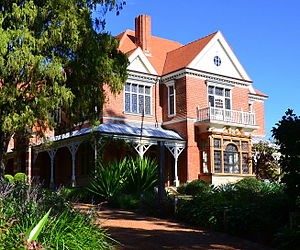
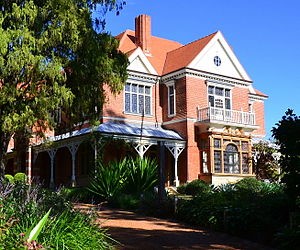



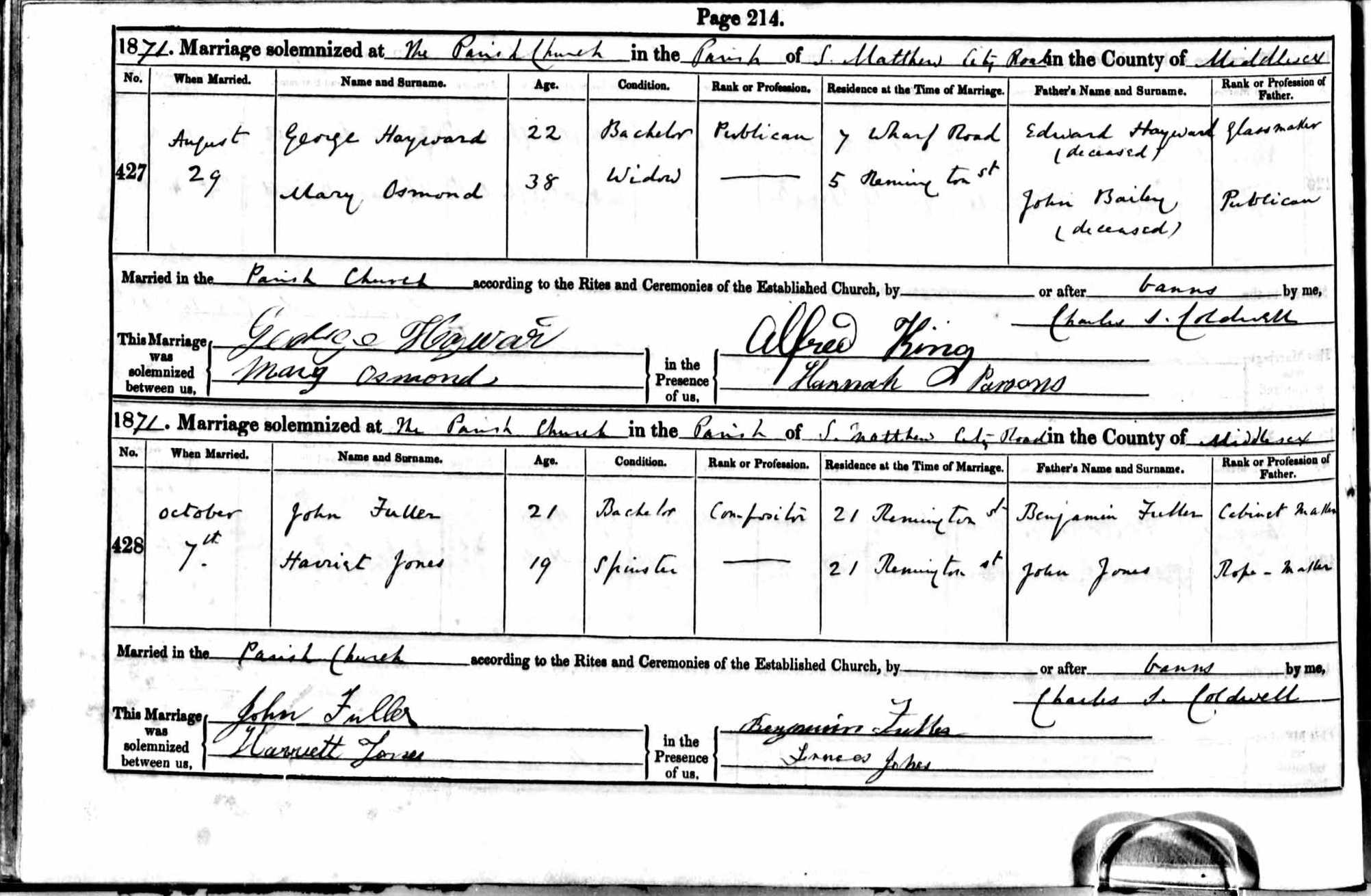
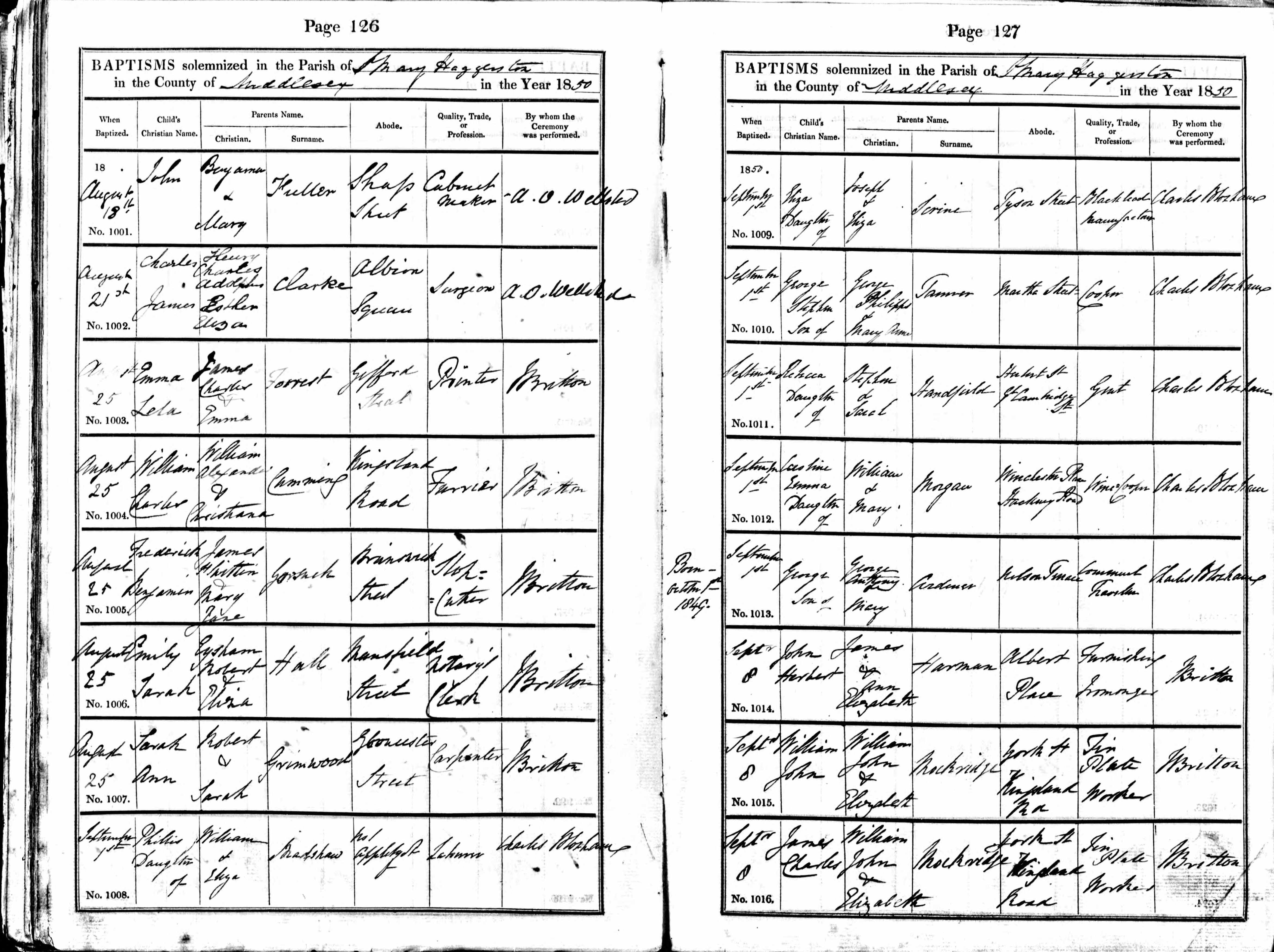

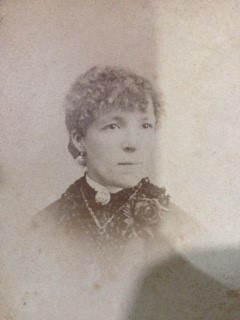

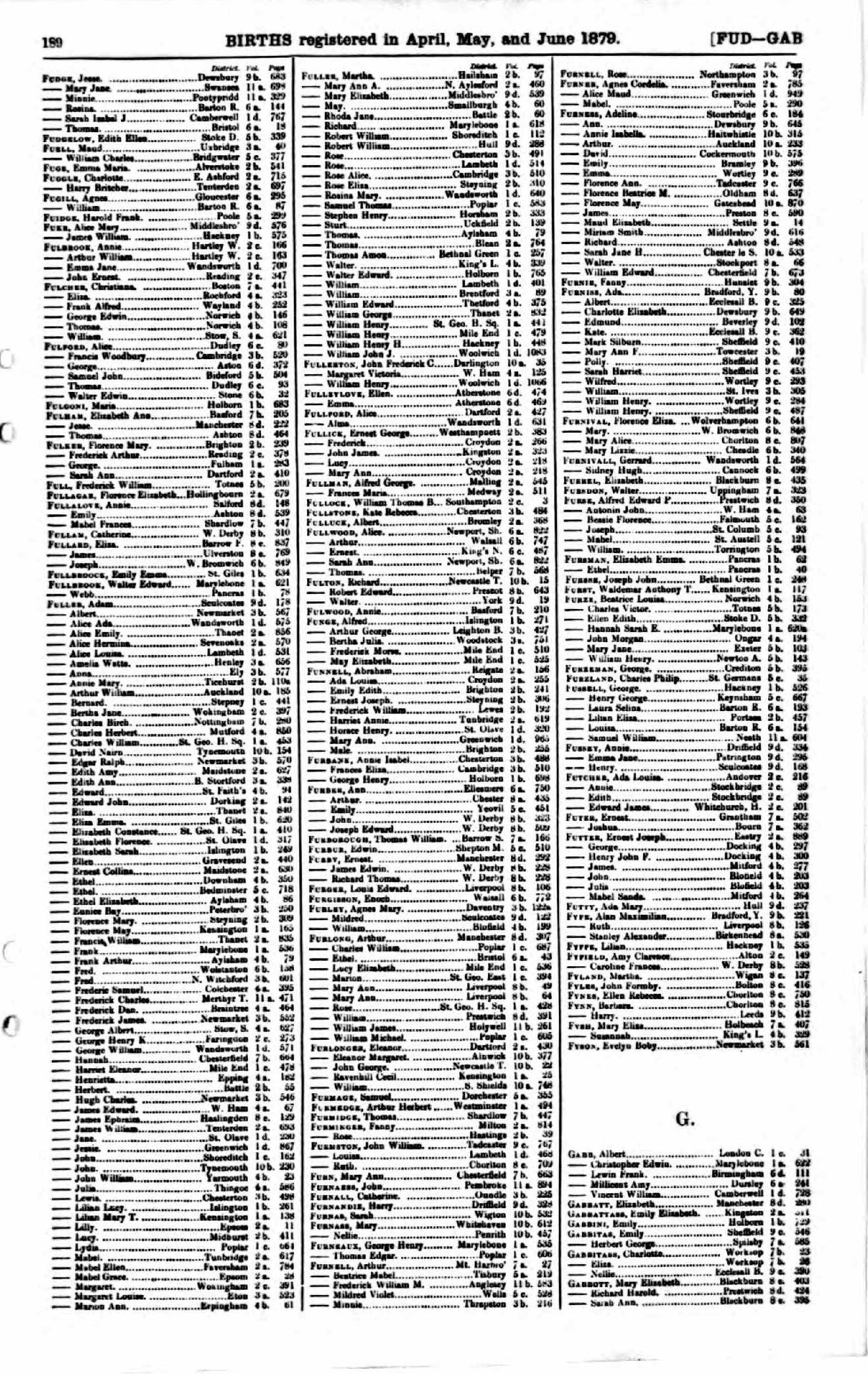
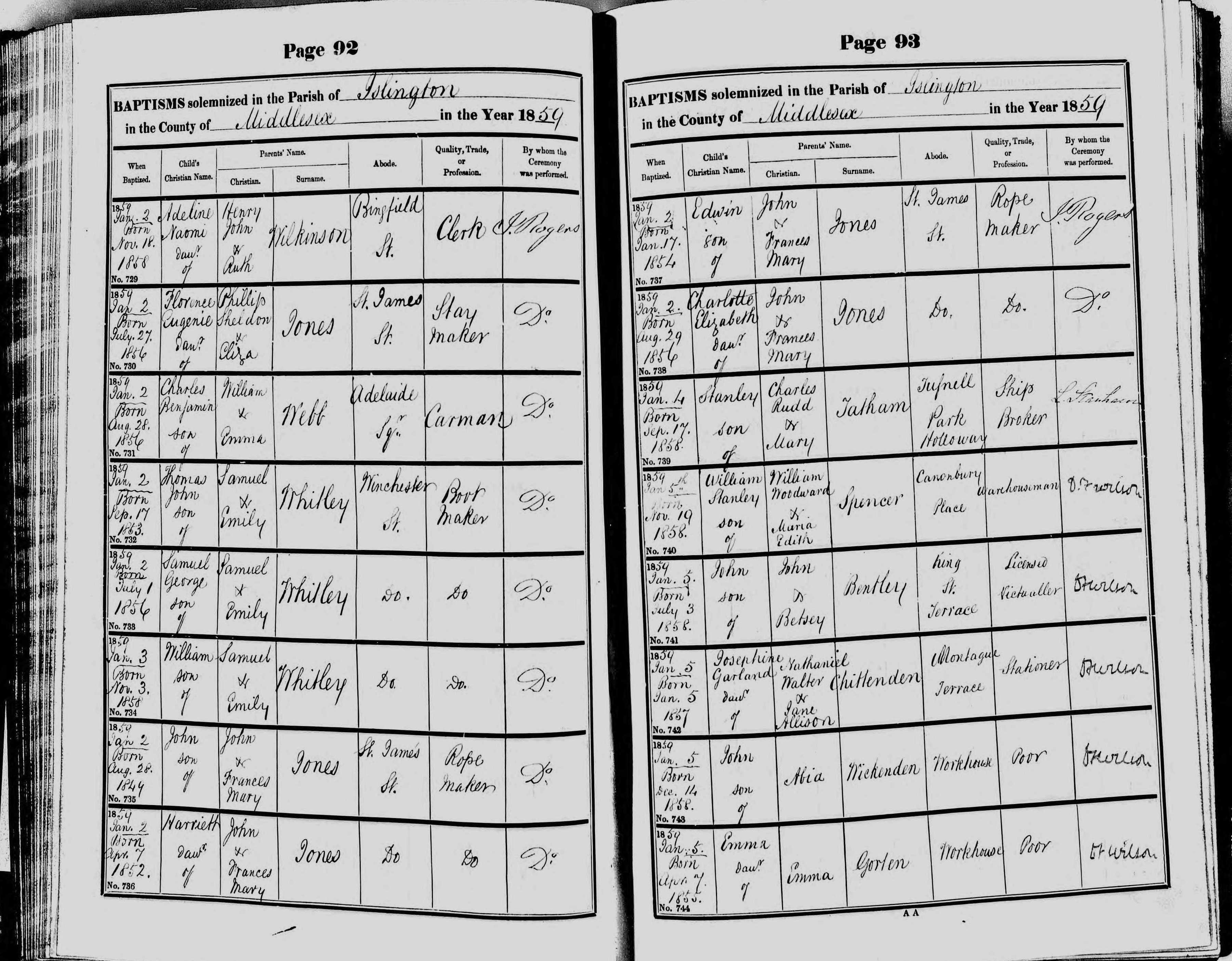

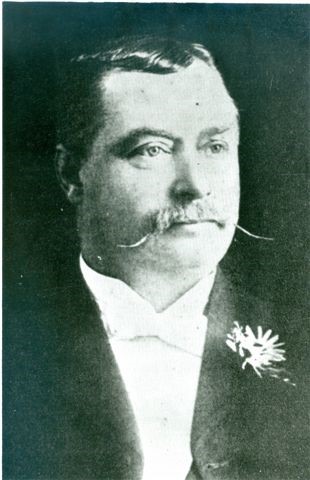
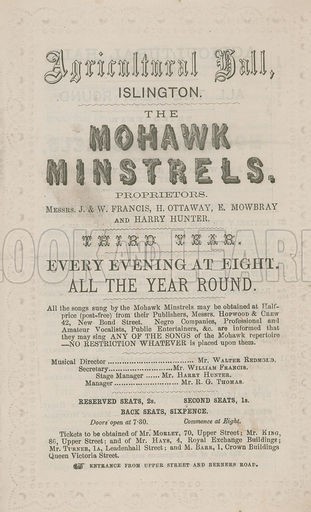





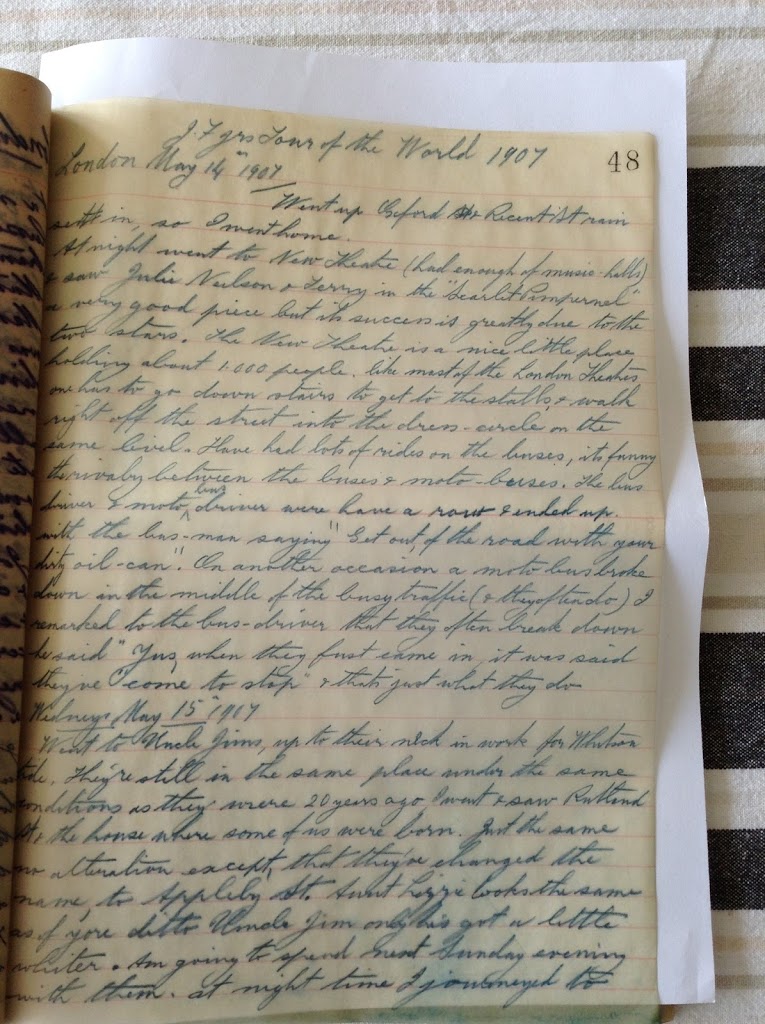


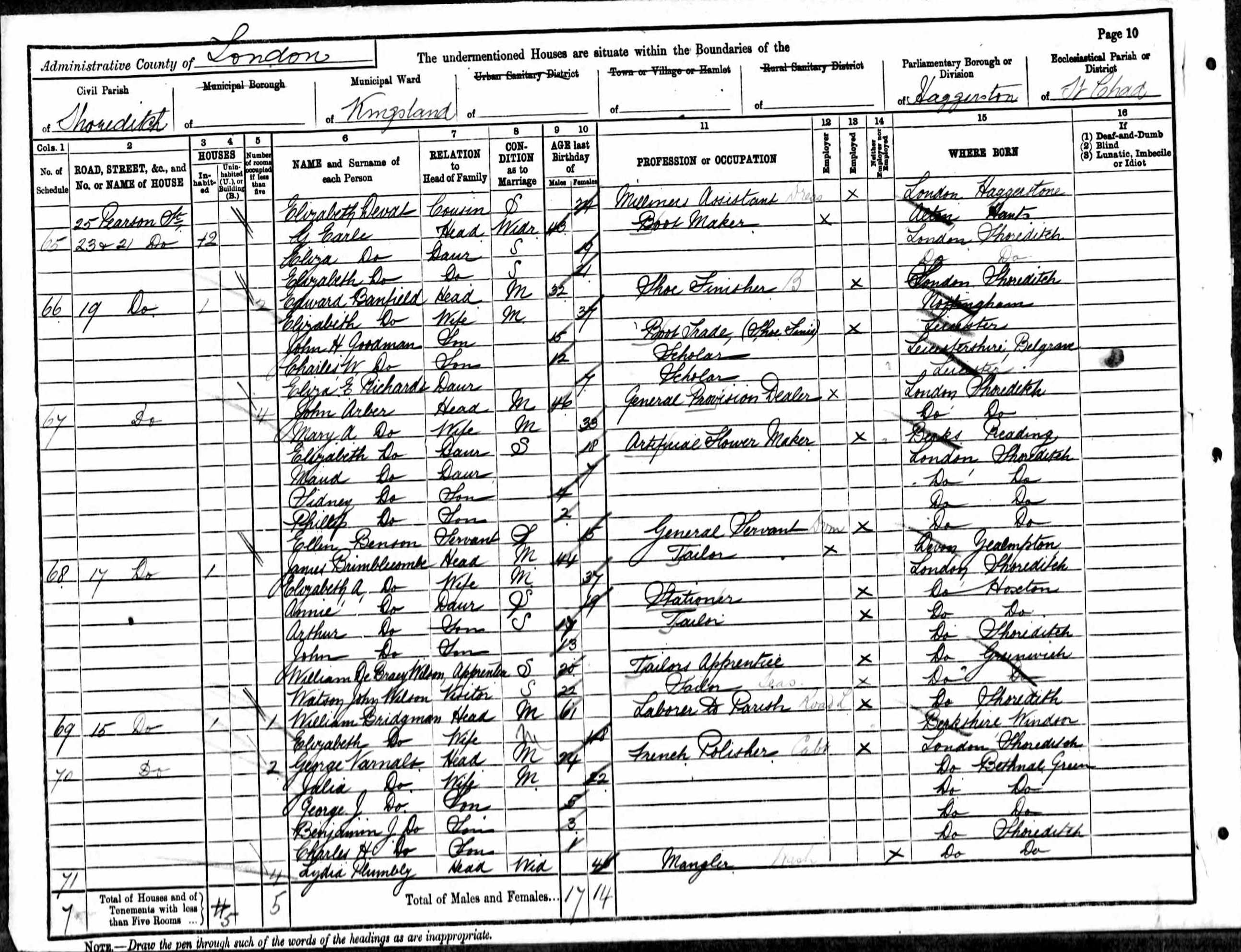




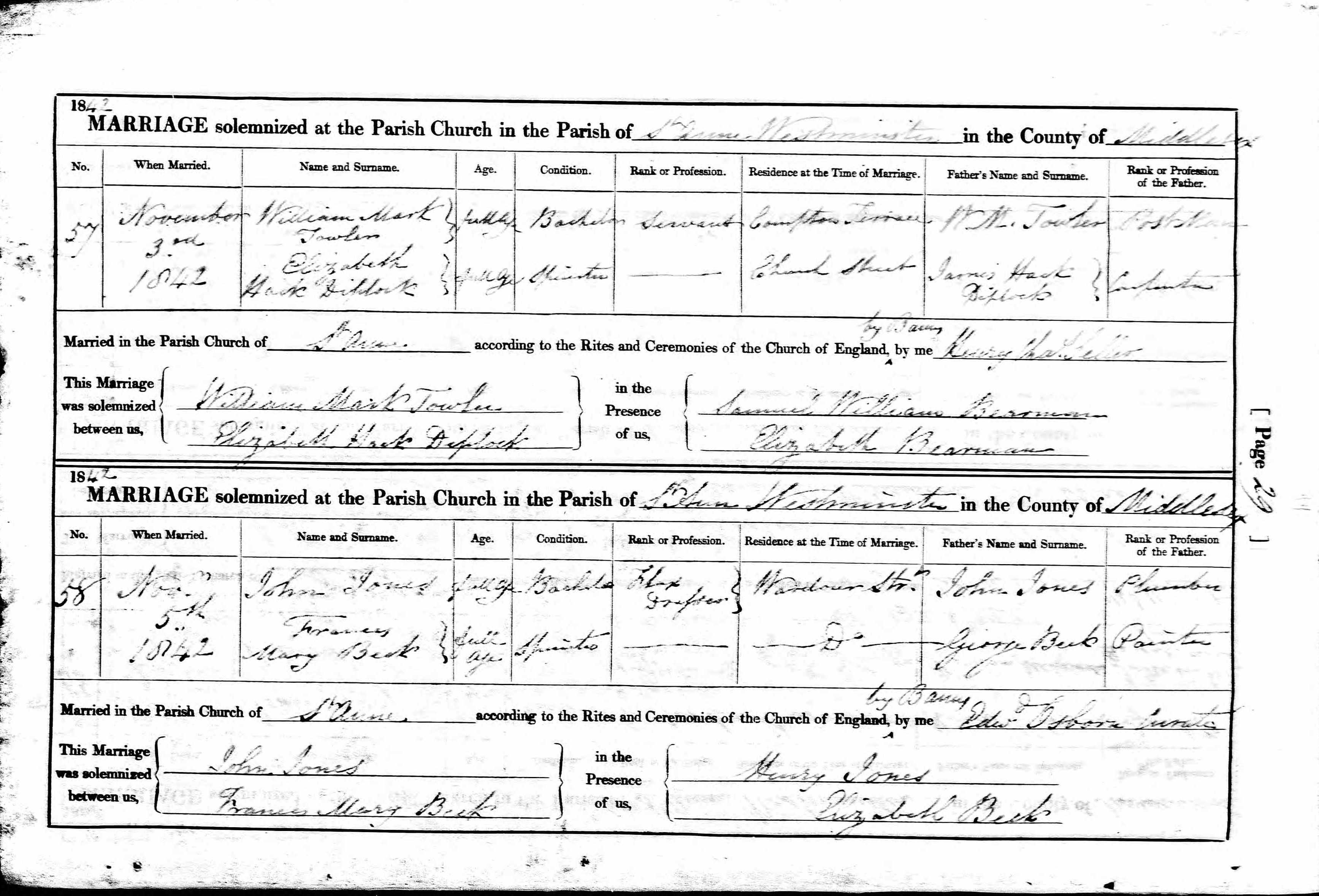

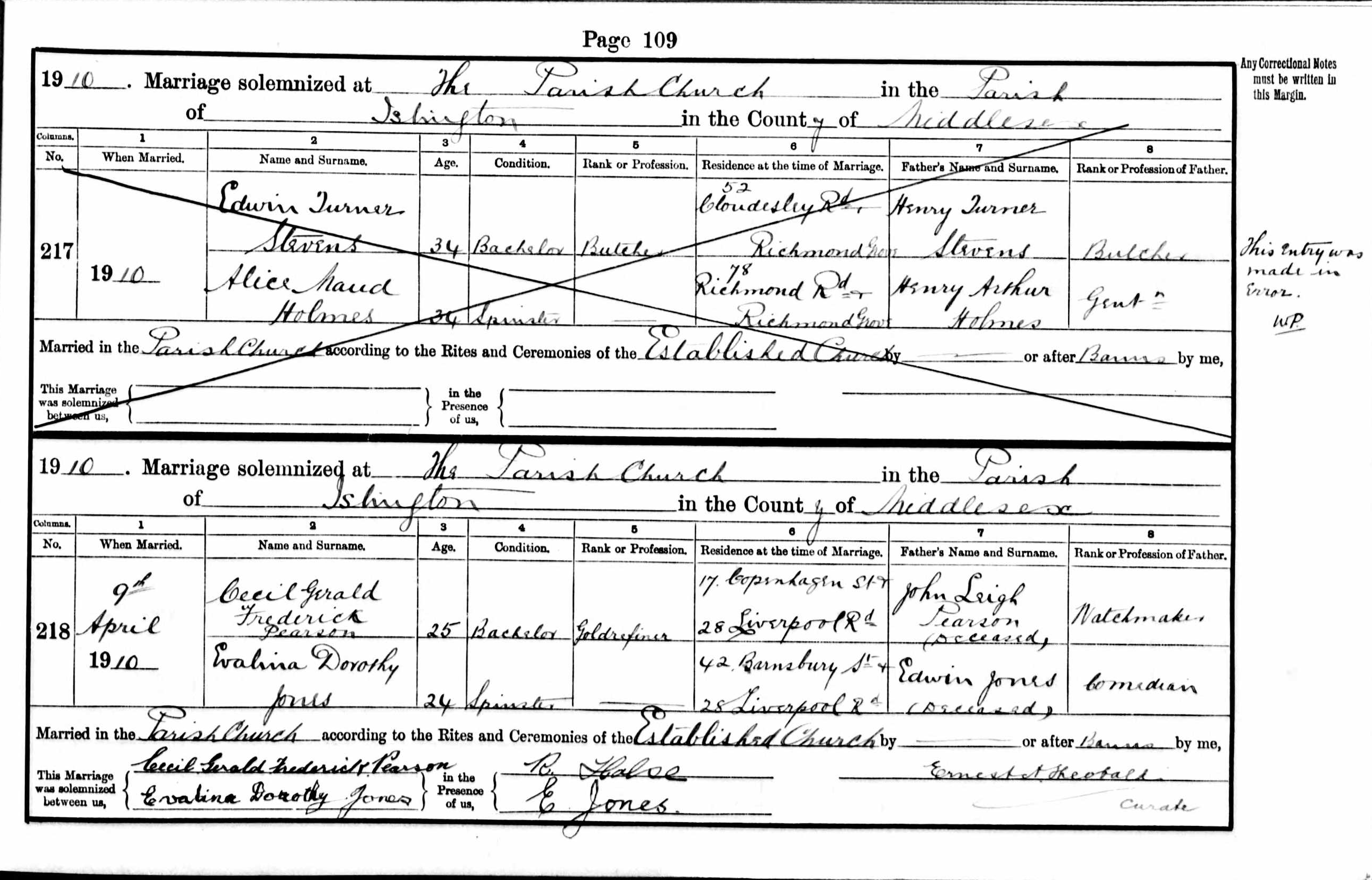

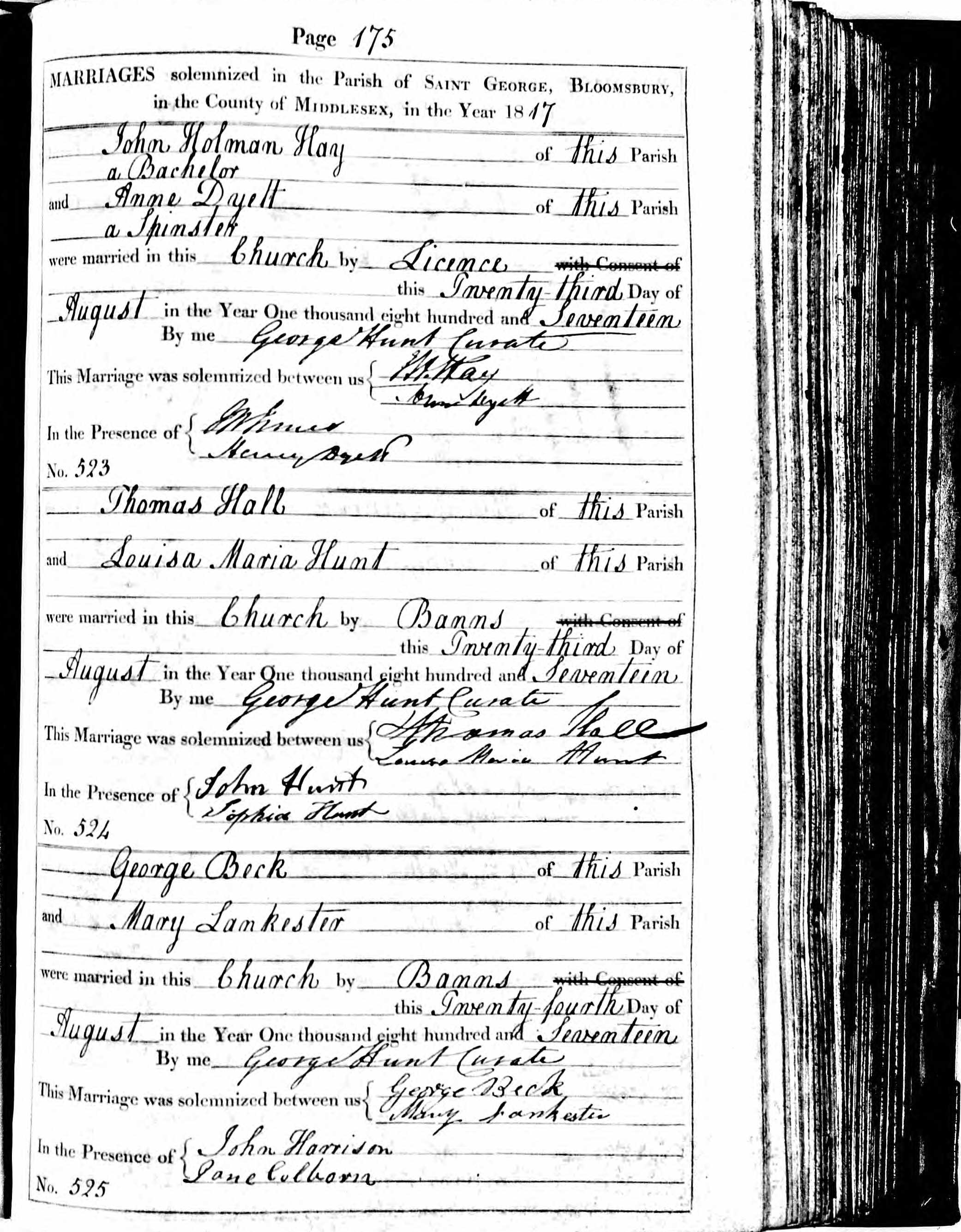

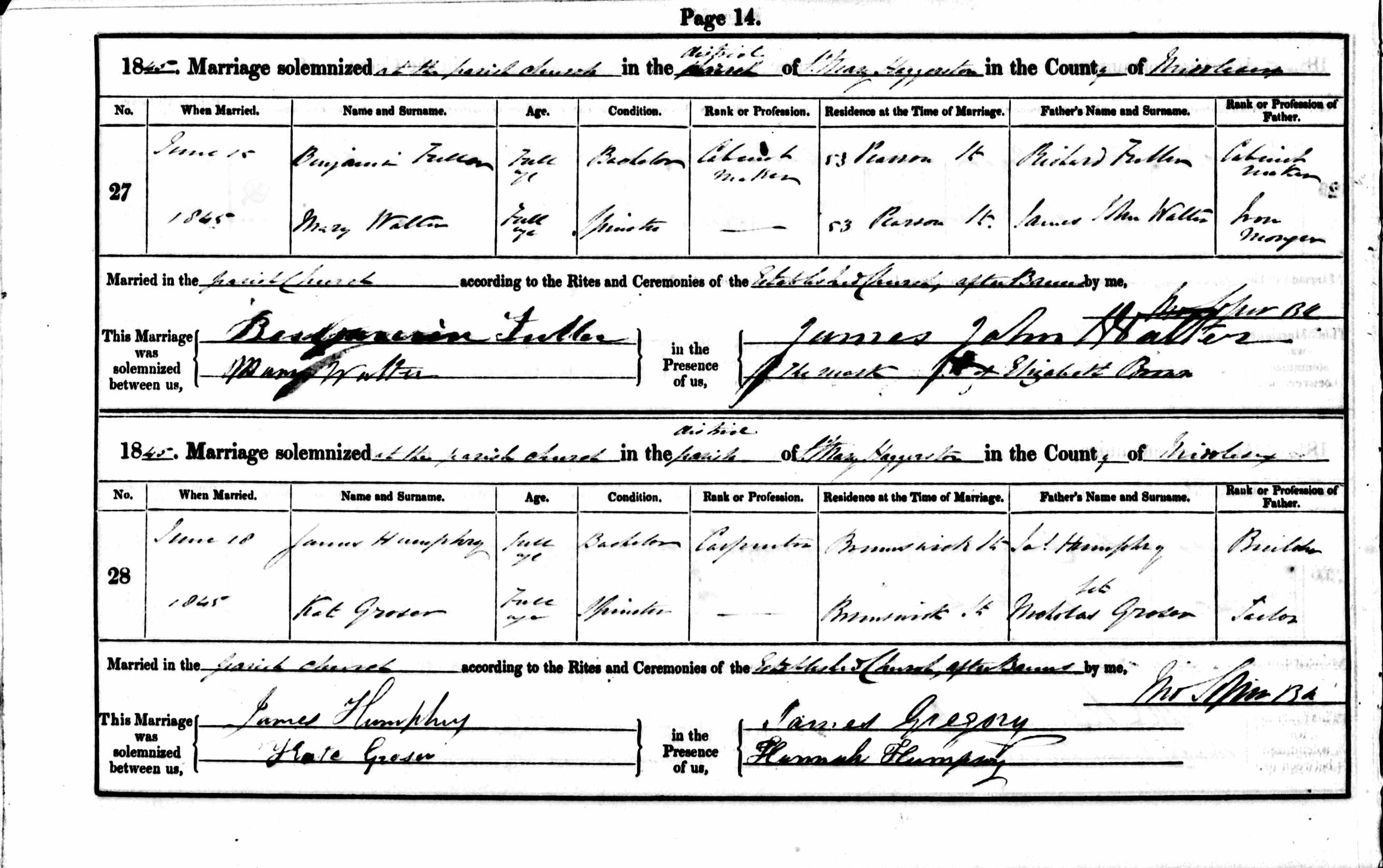
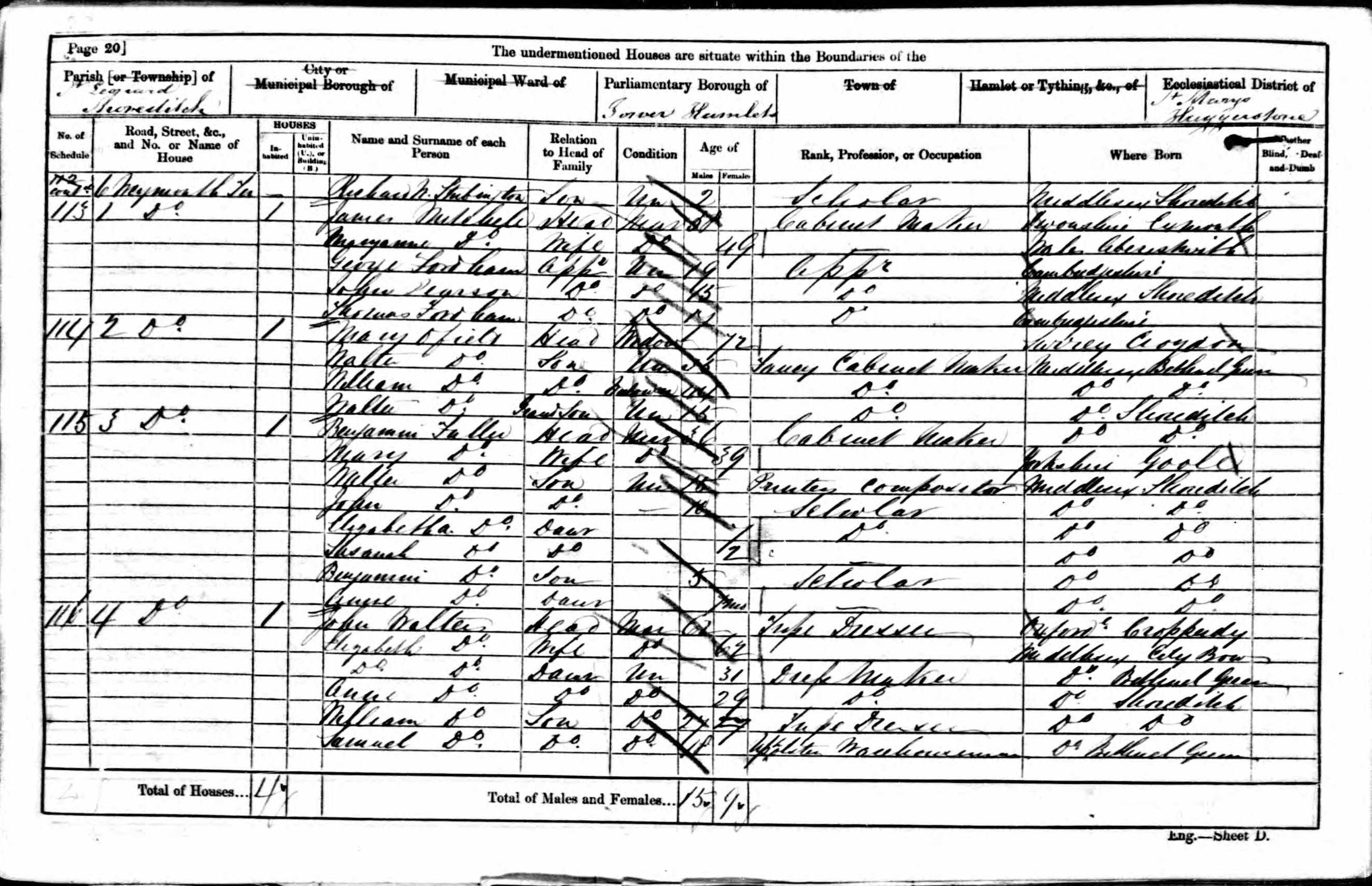

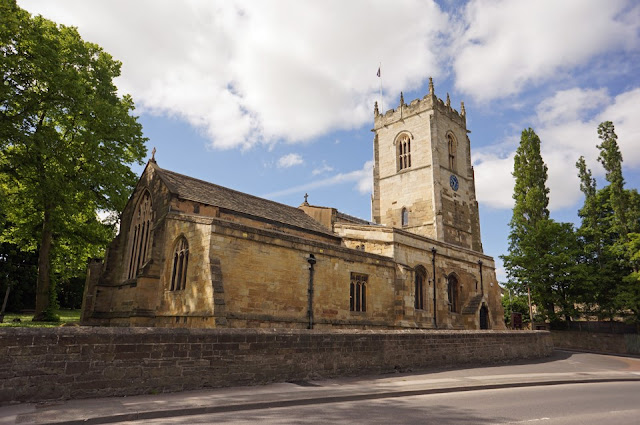
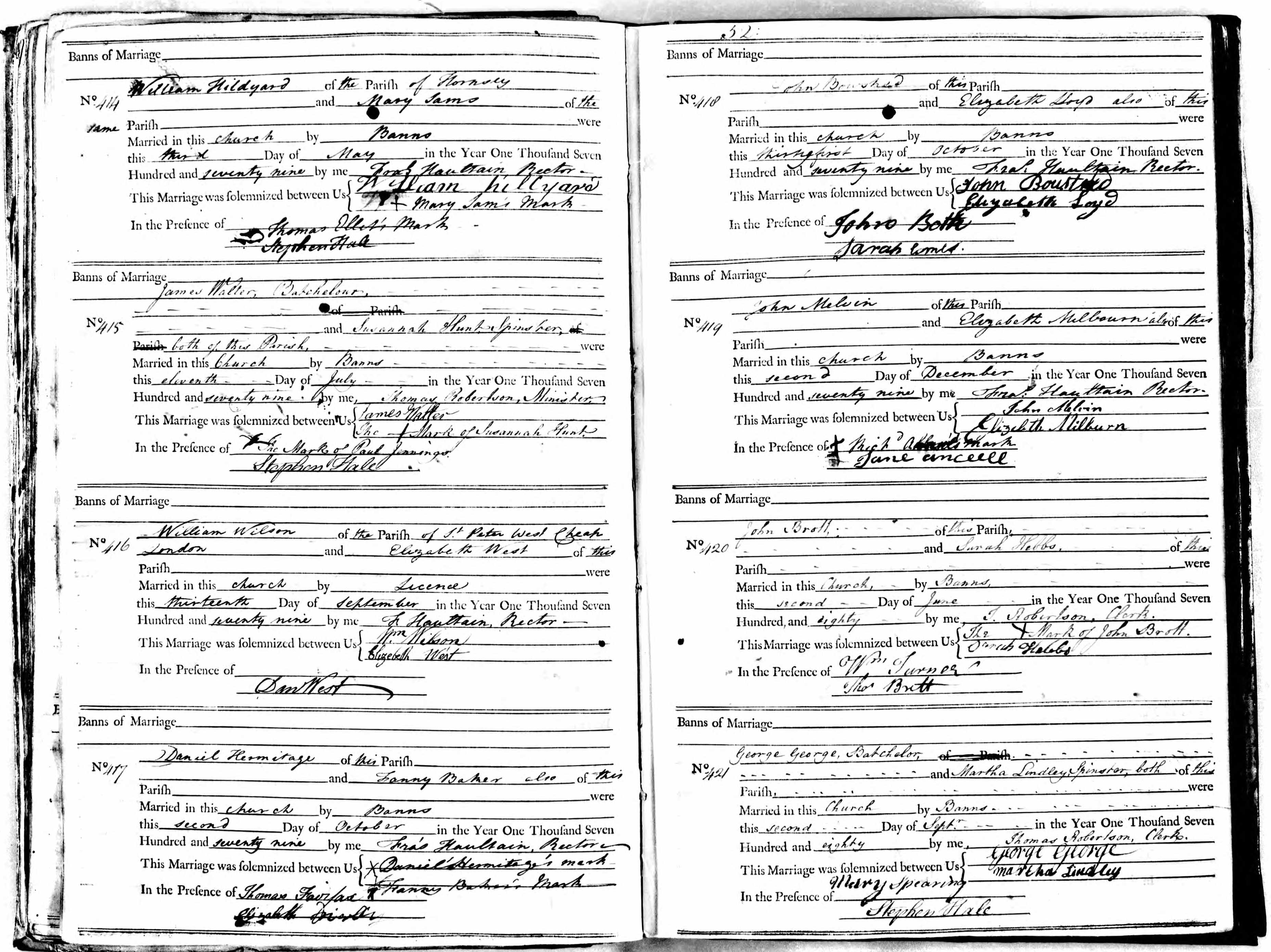
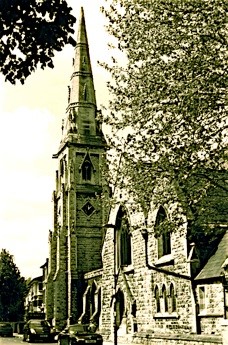

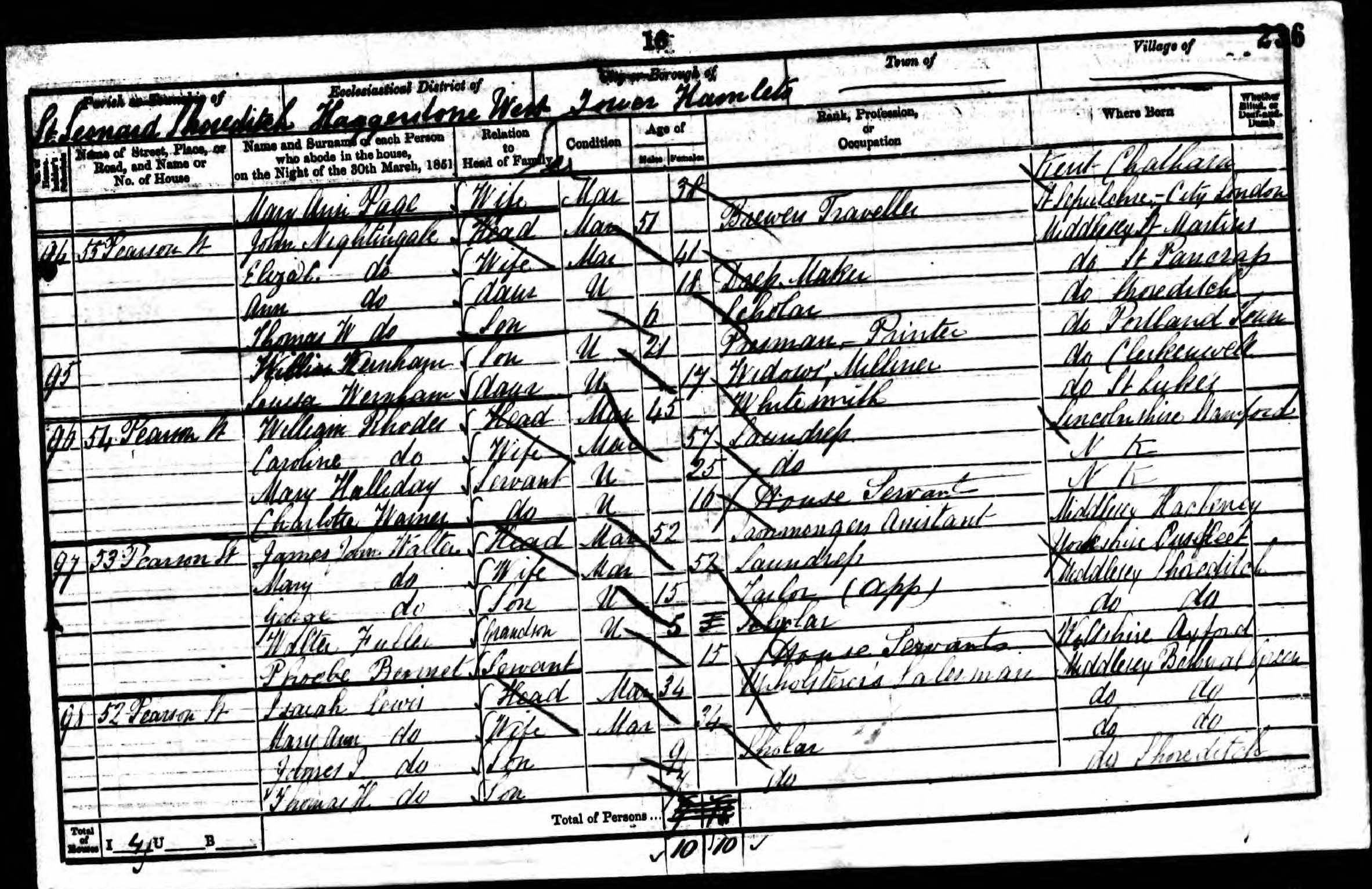






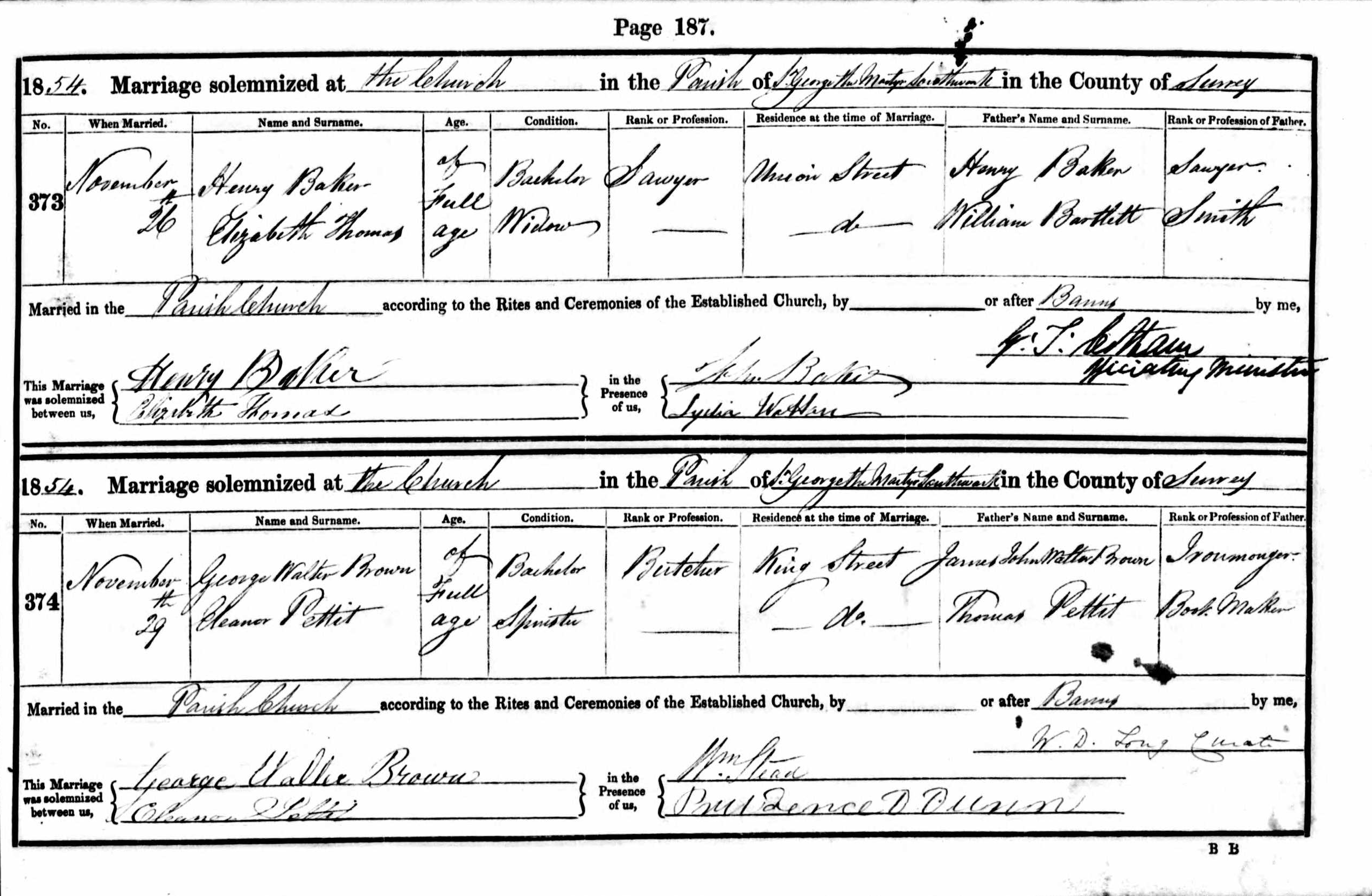






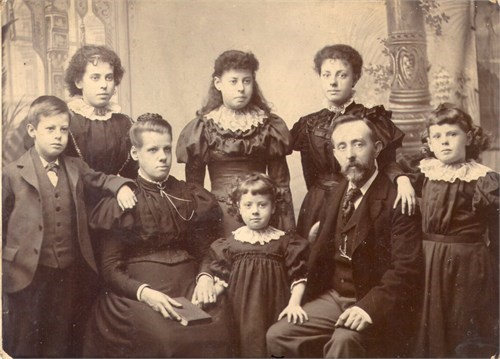




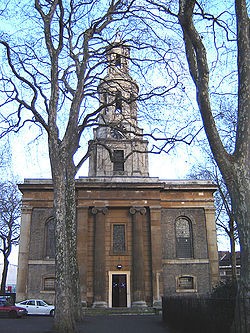







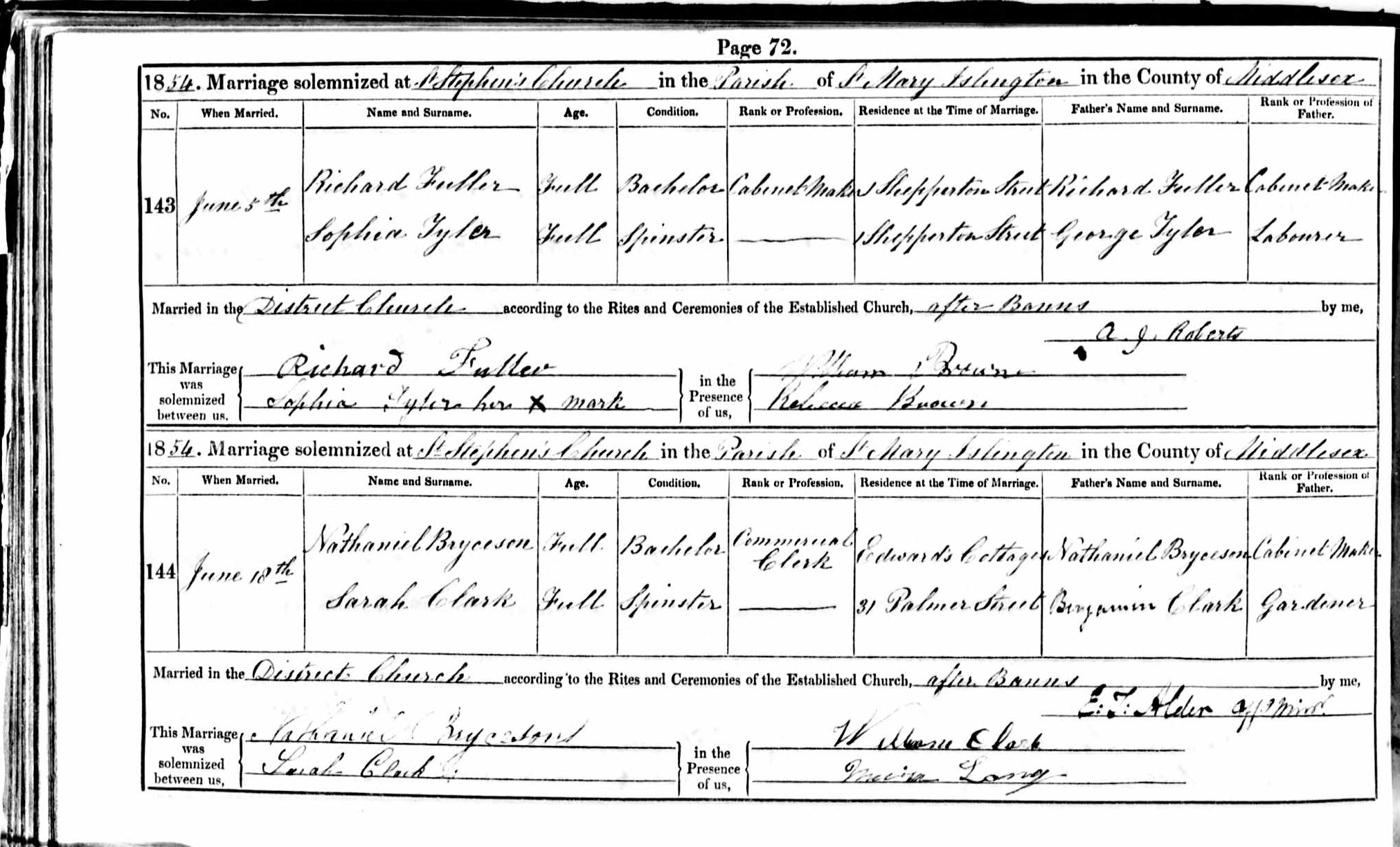


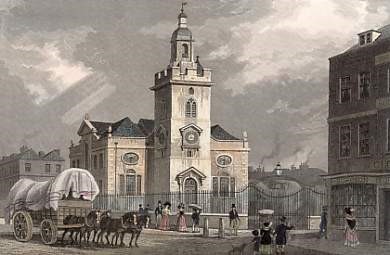

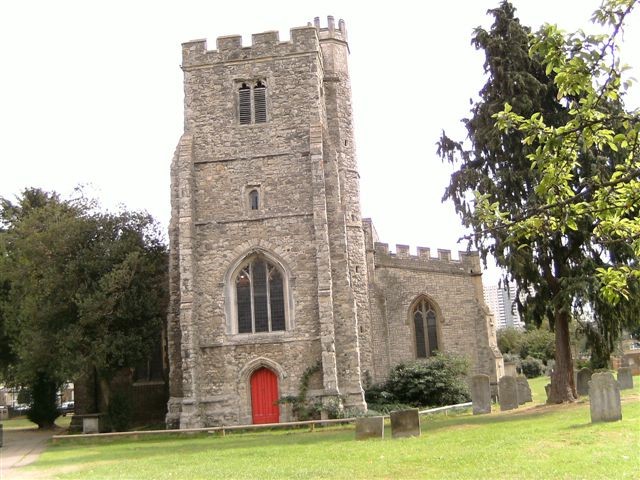





















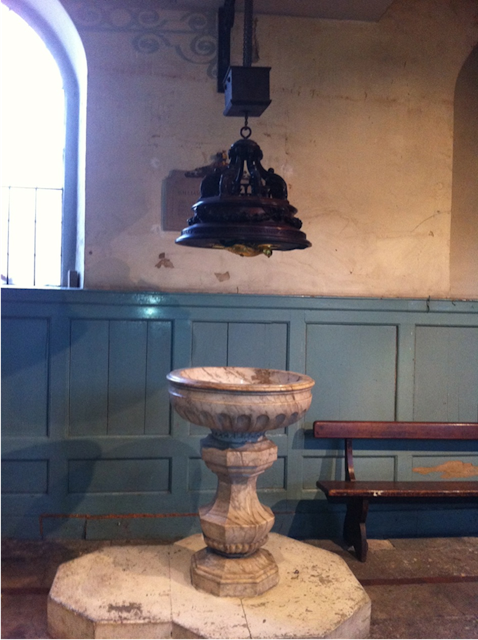
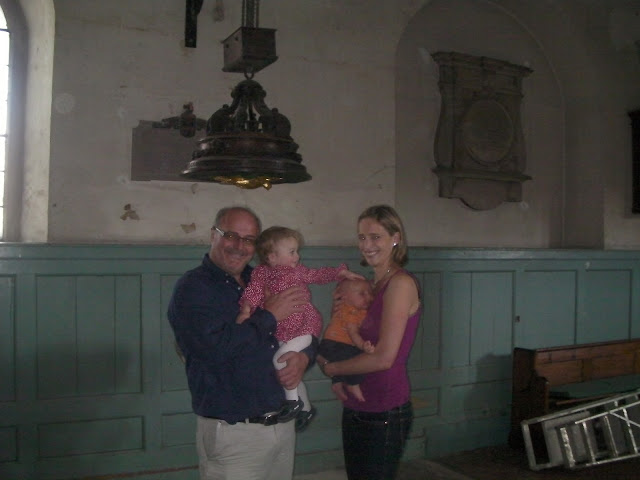
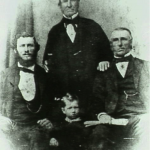
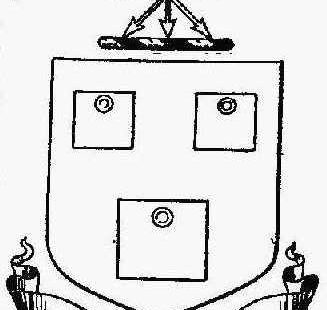
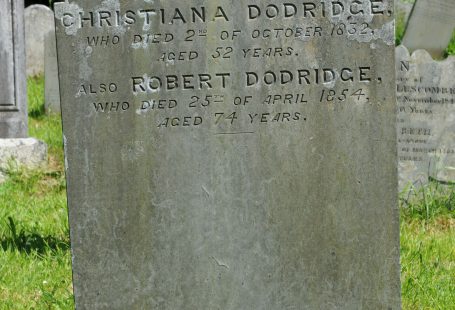
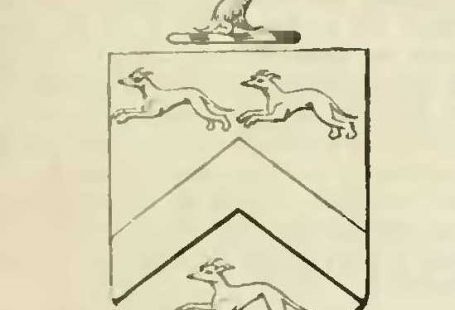
1 comments On Chapter One – John Fuller, The Silvery Tenor and his Fuller Family of Shoreditch, London, England
Hello, My Great Grandfather was named John Fuller born in 1872 but known to live in South Carolina and was said to marry a Native woman named “Mary” MaryMagdalene not sure the correct spelling Holloway. I’m on a journey down a time like to correct my roots. How can I find and connection to pinpoint him .Thank You